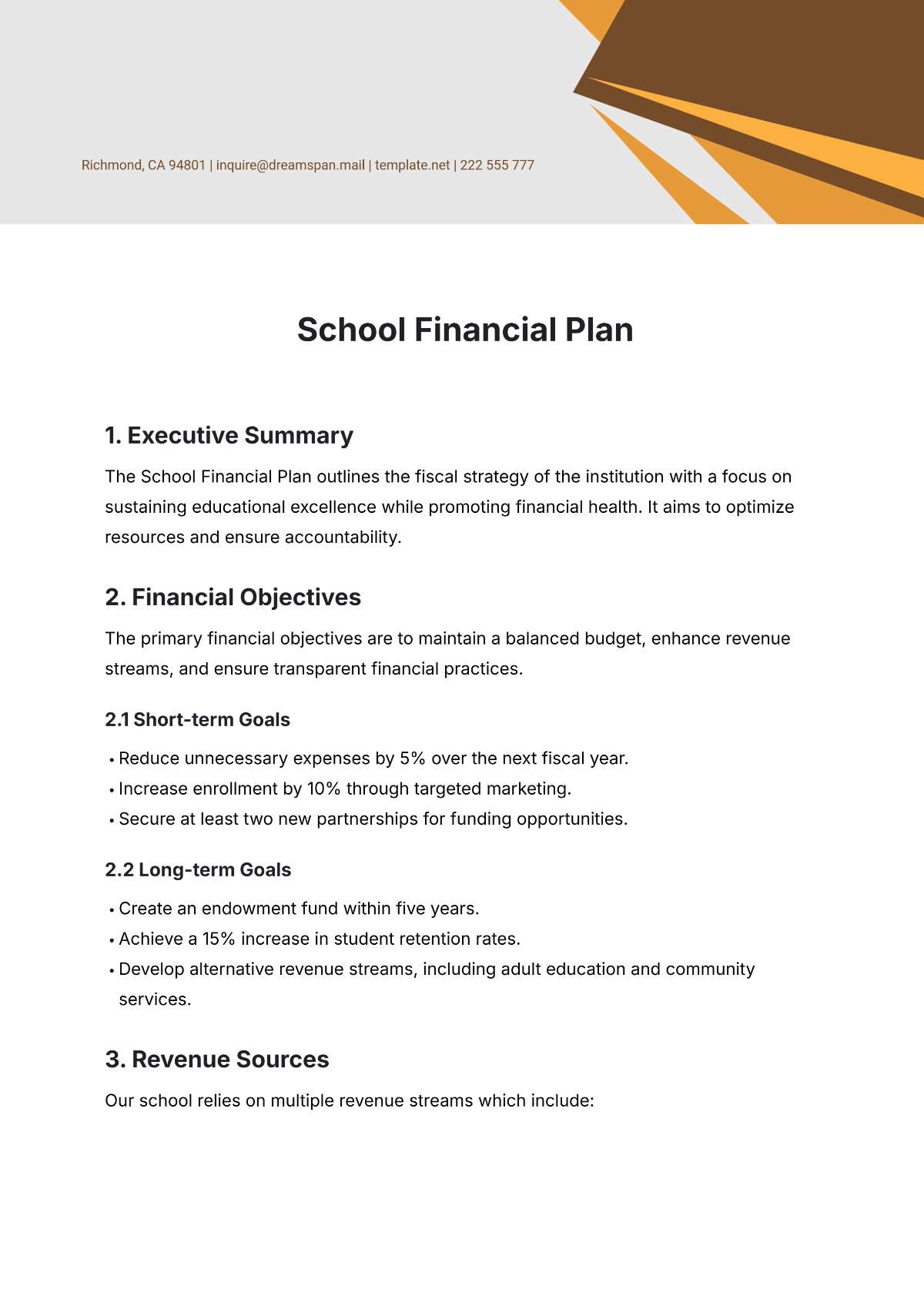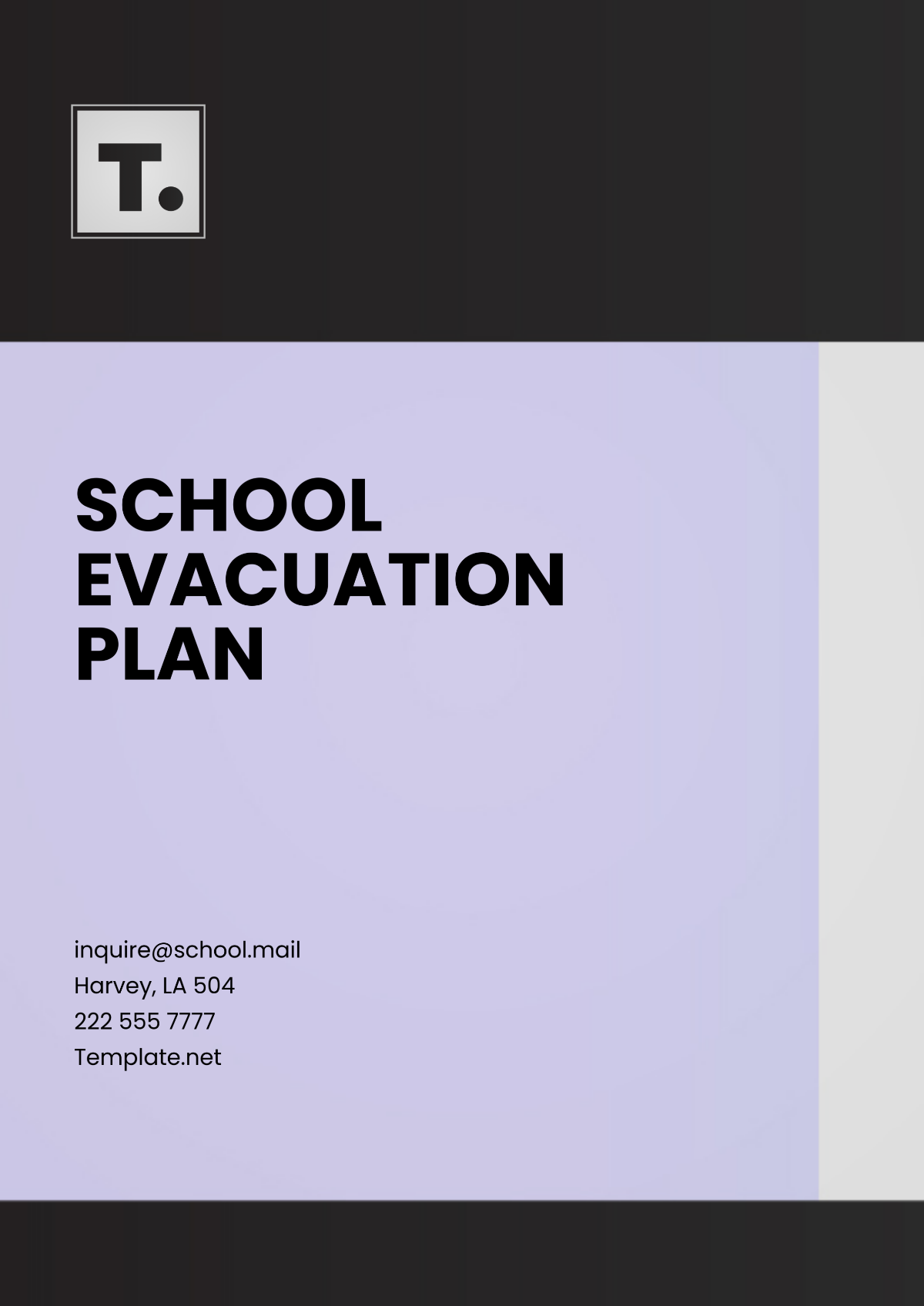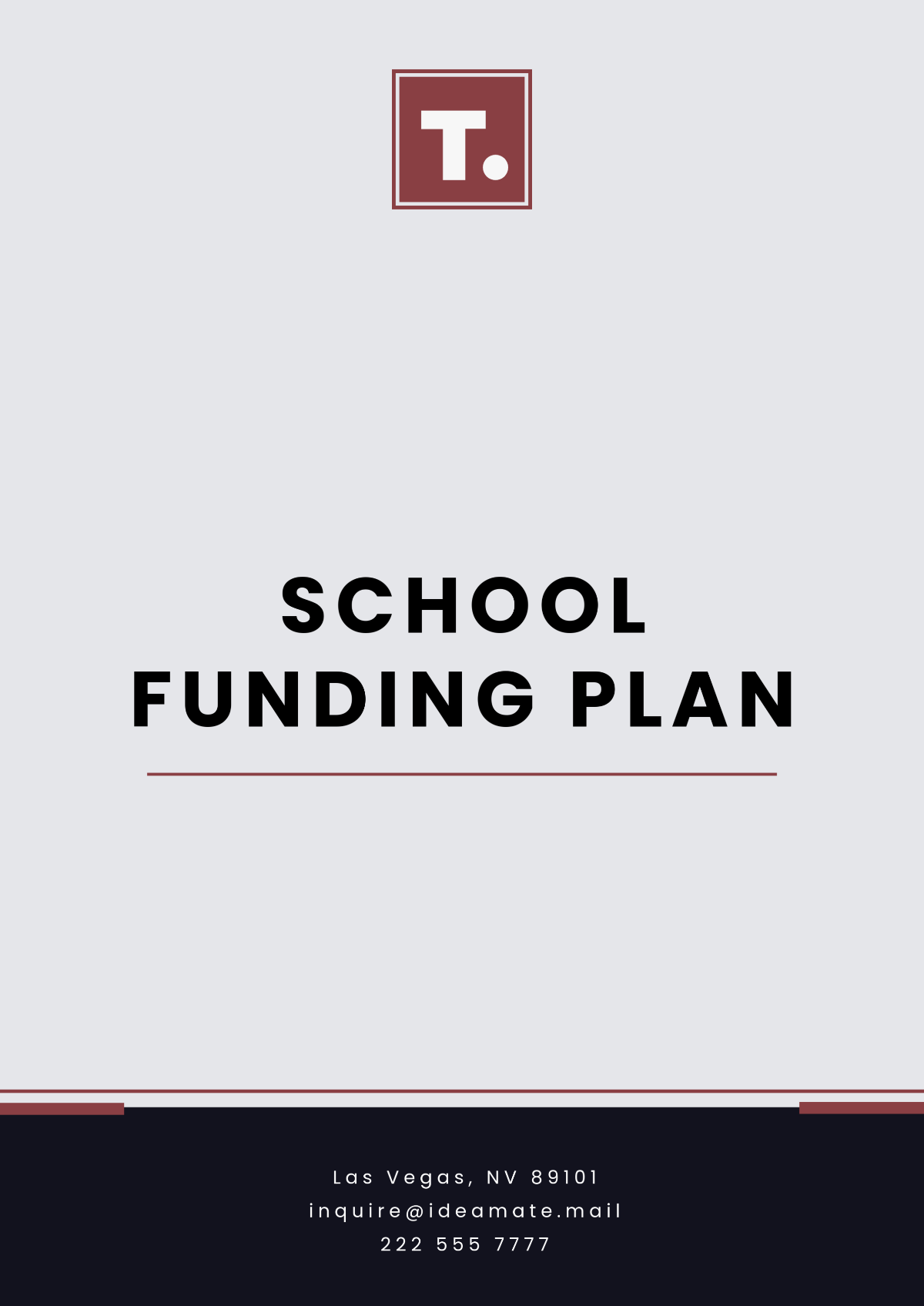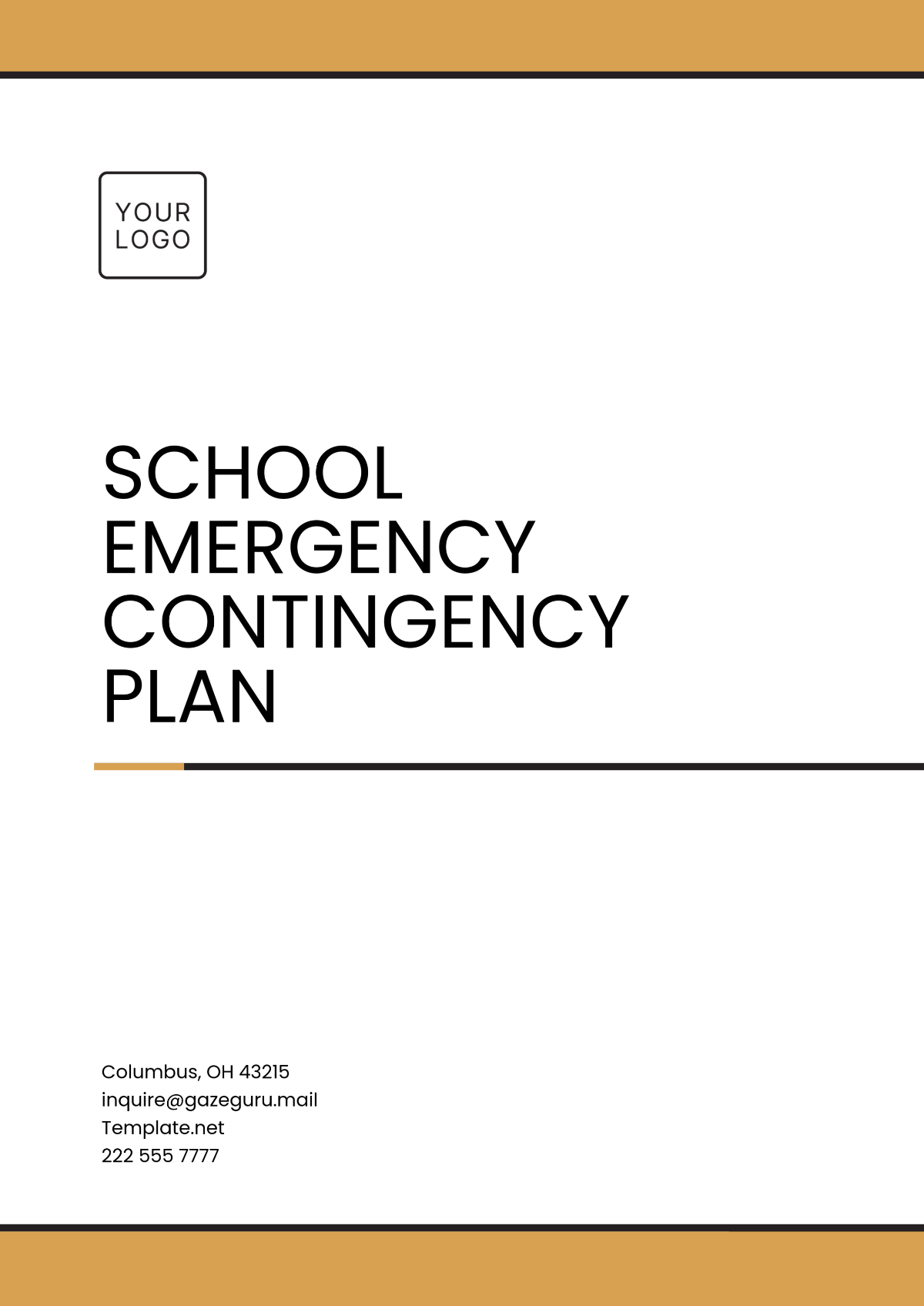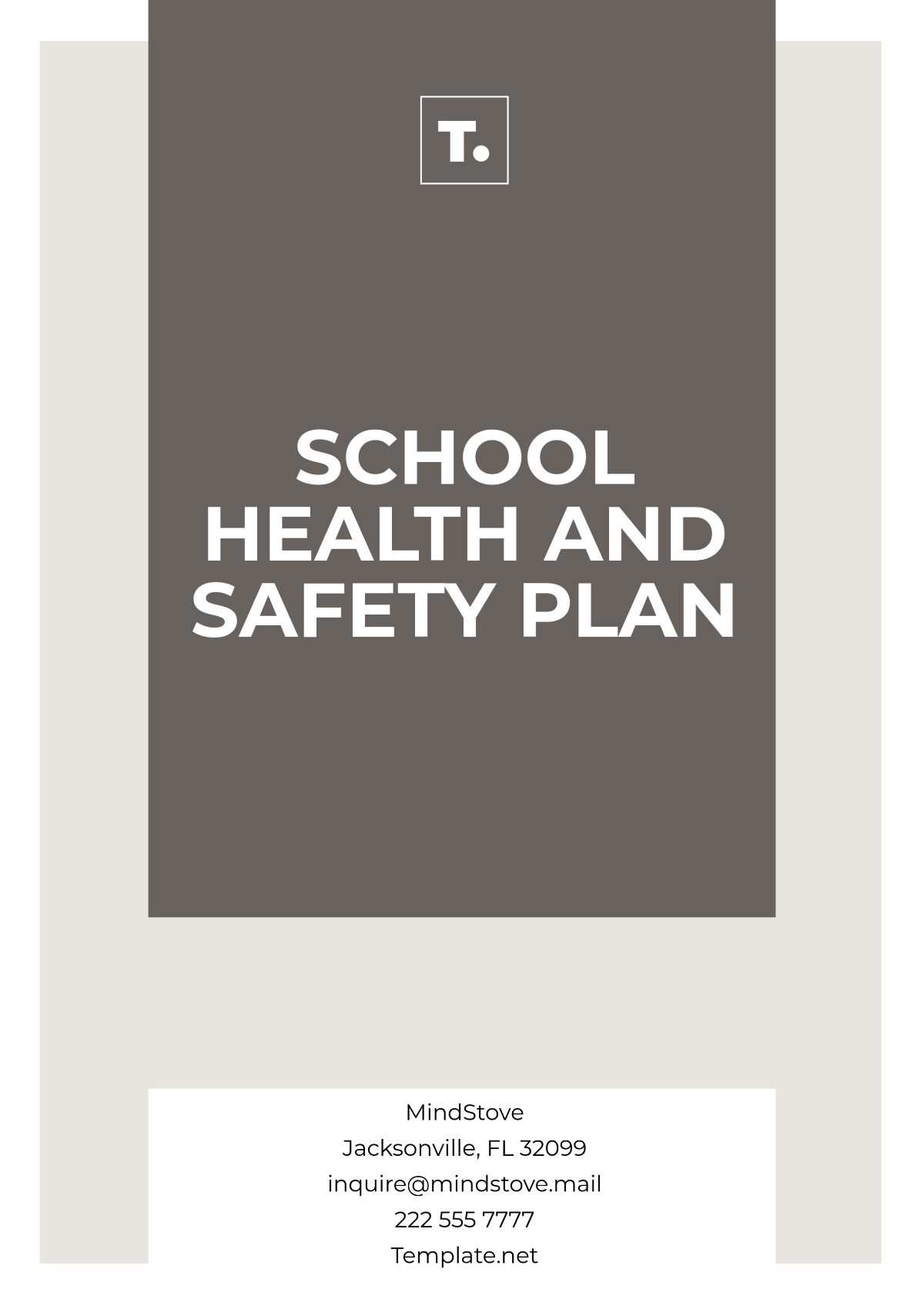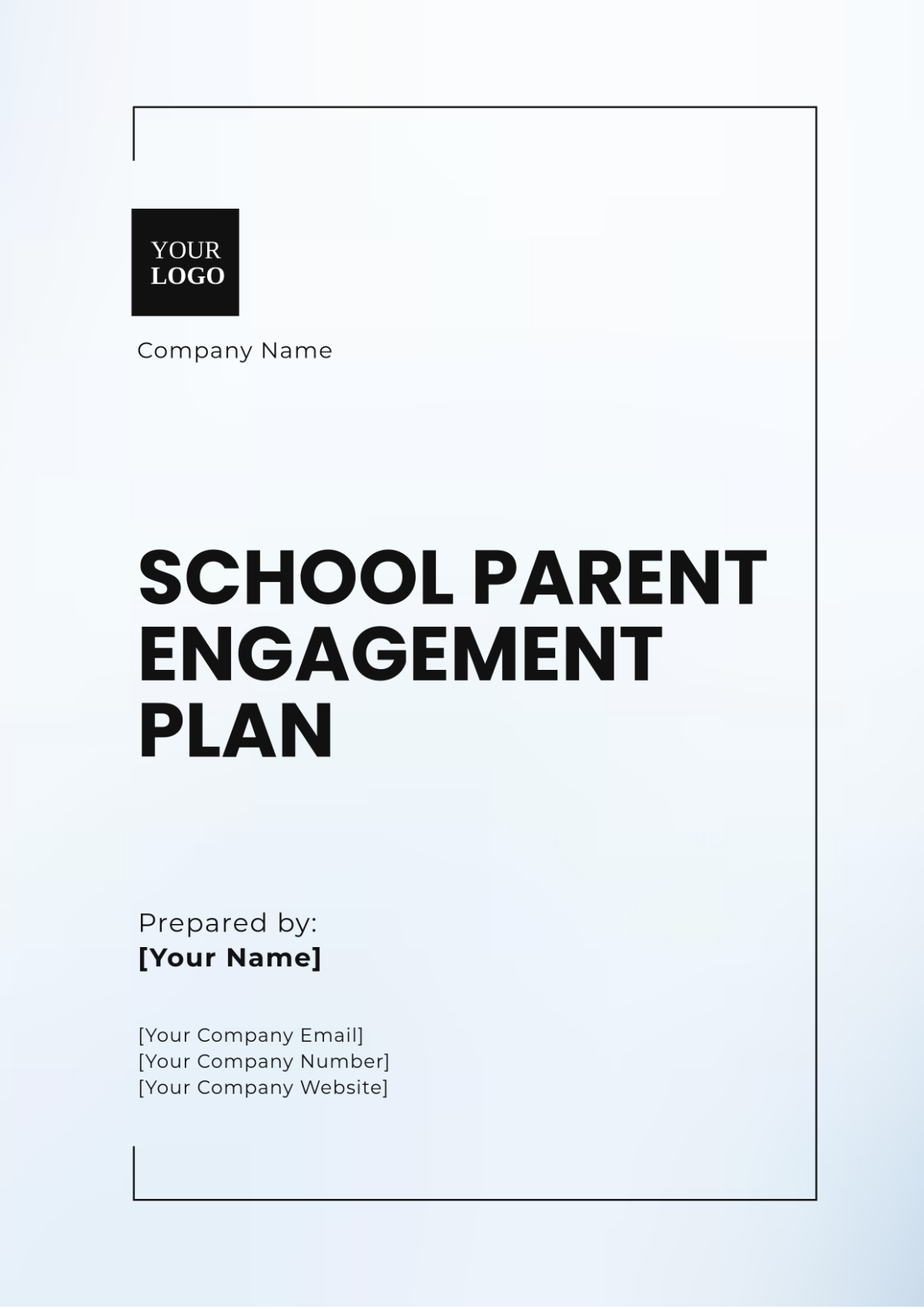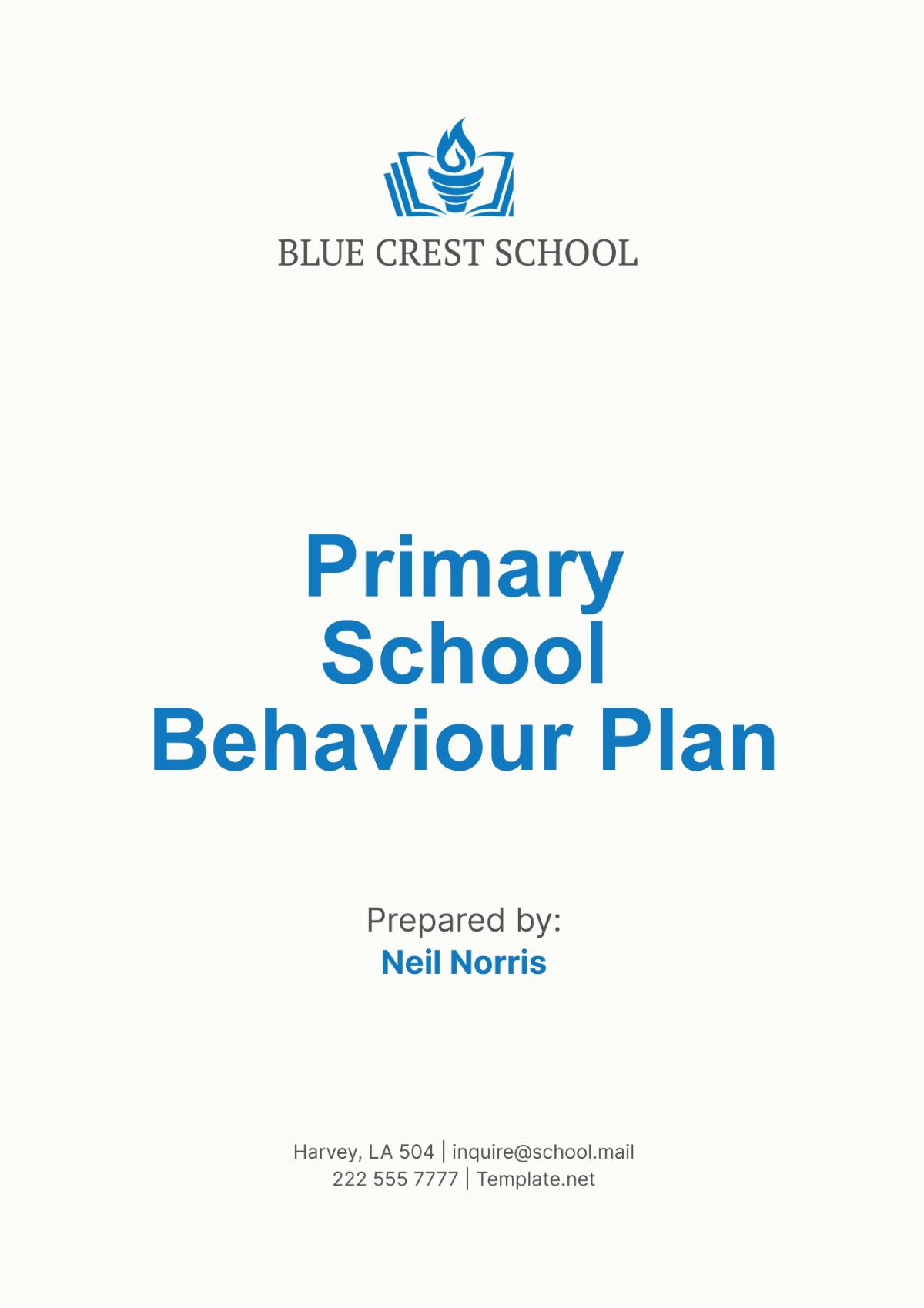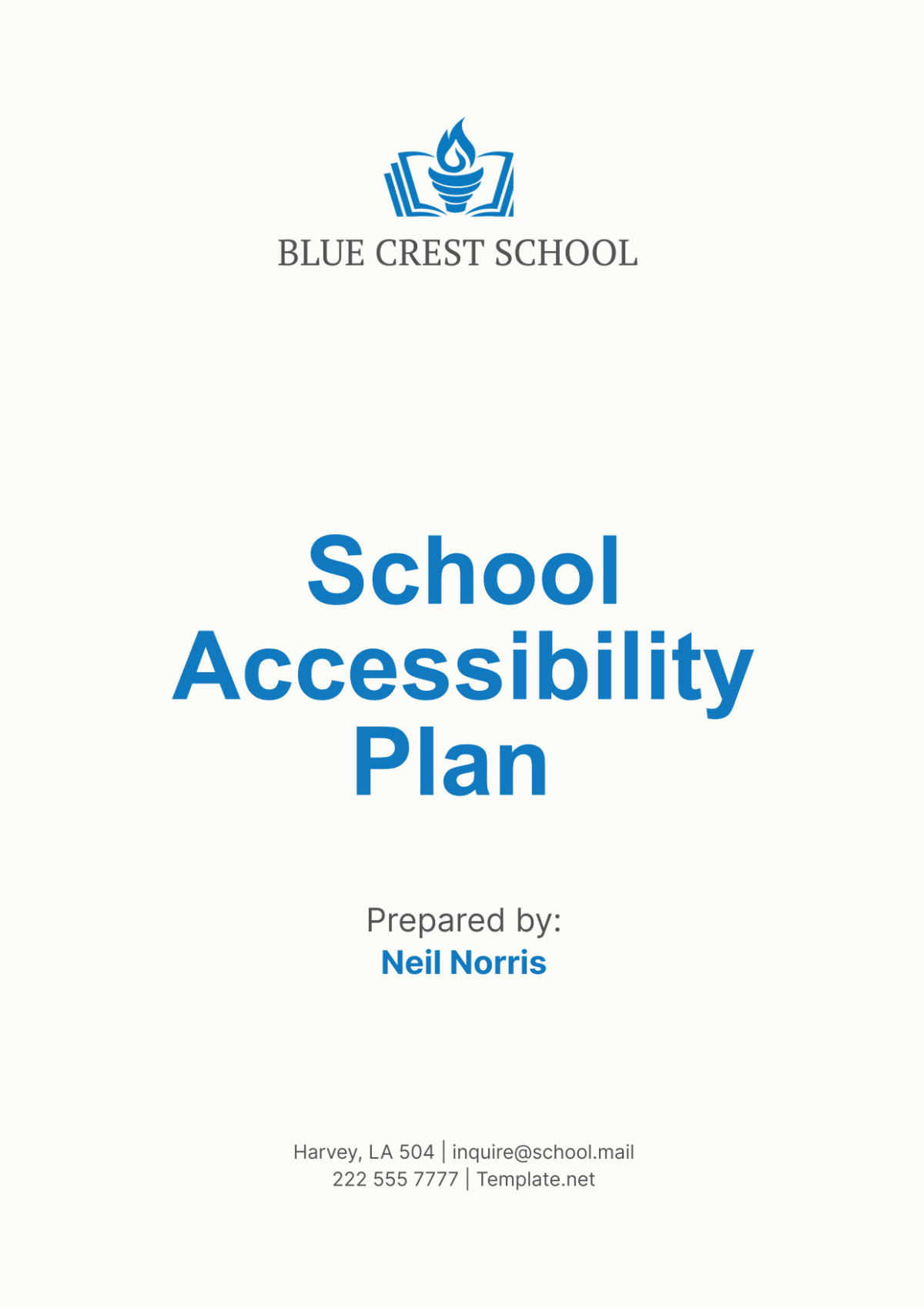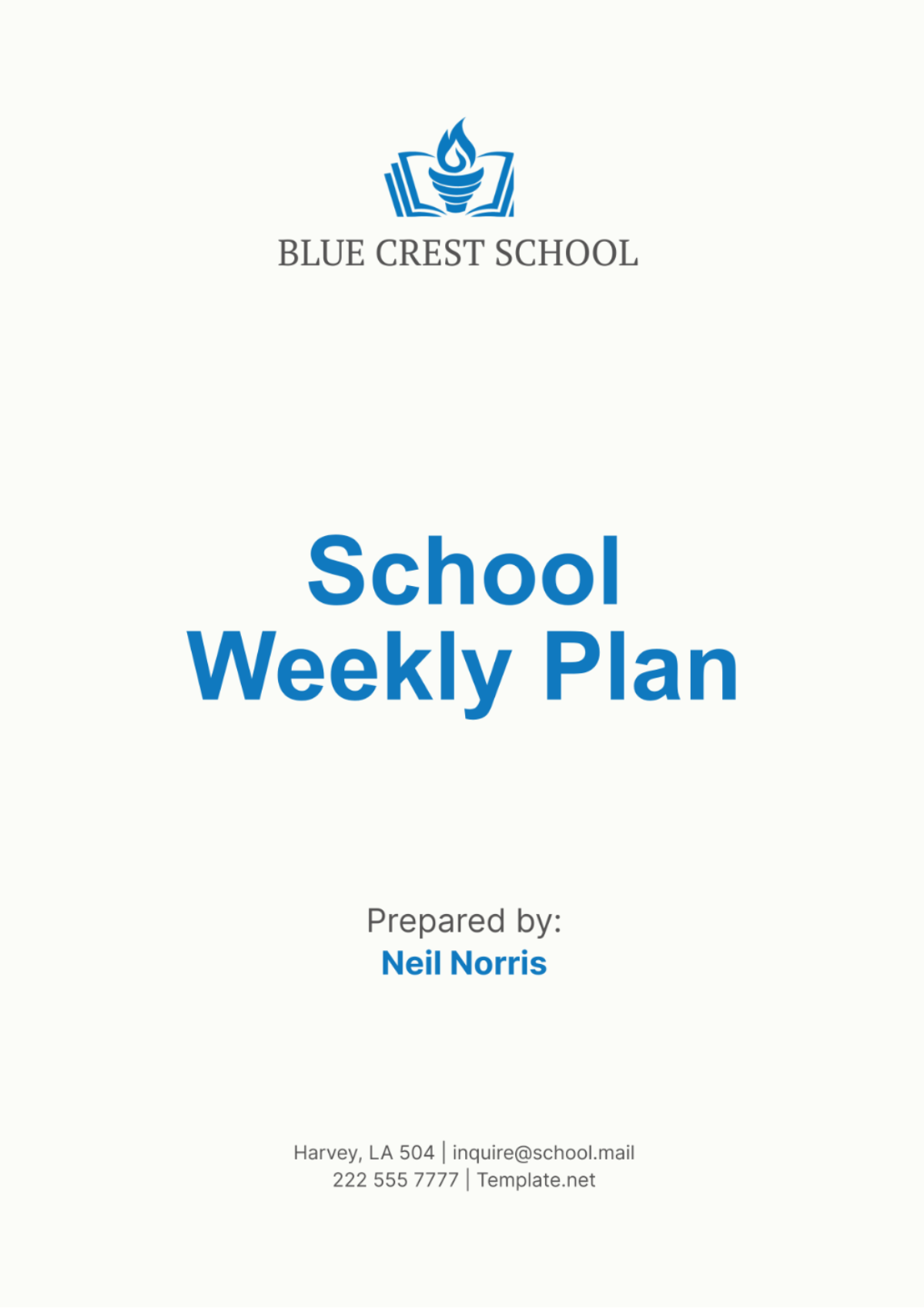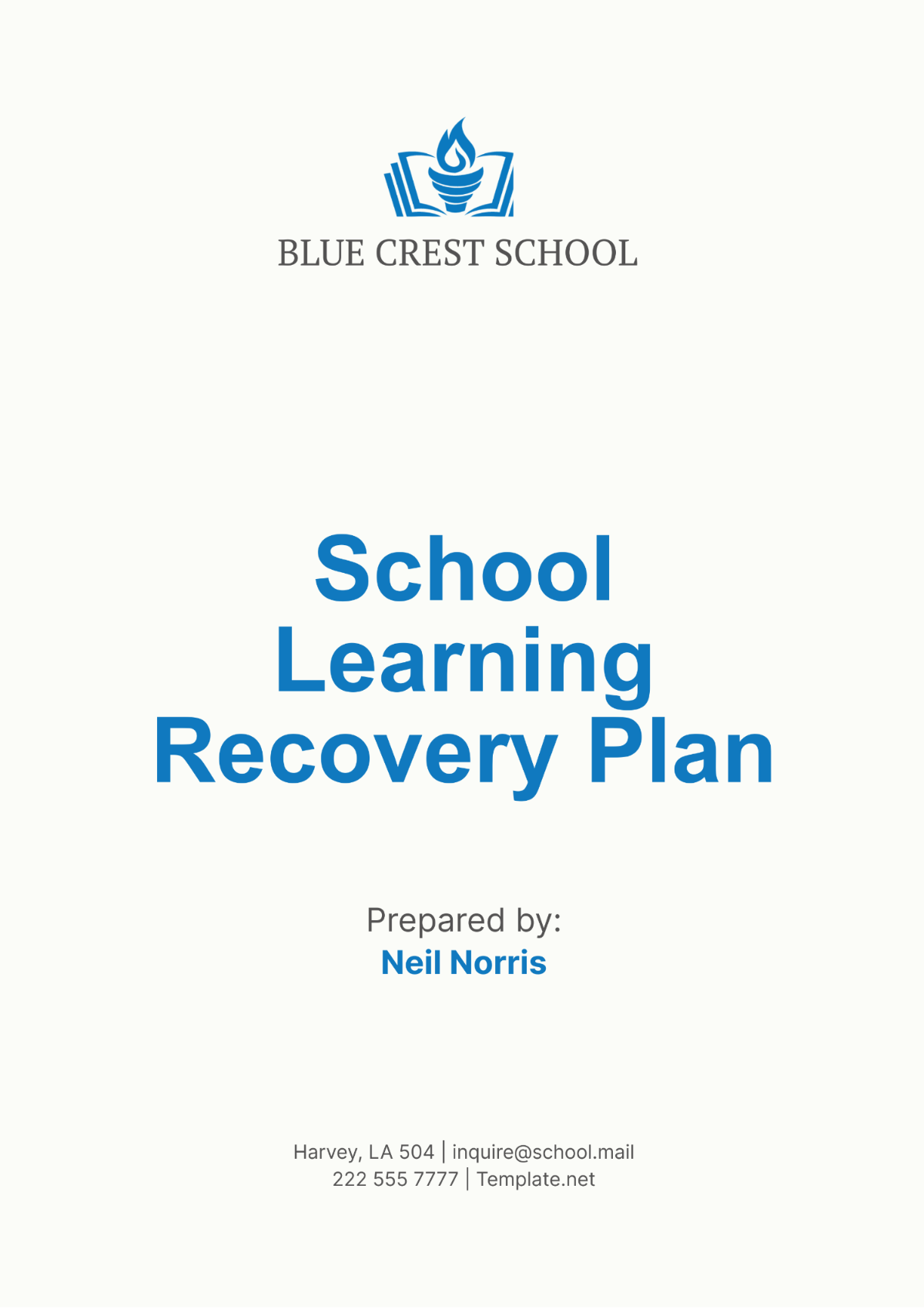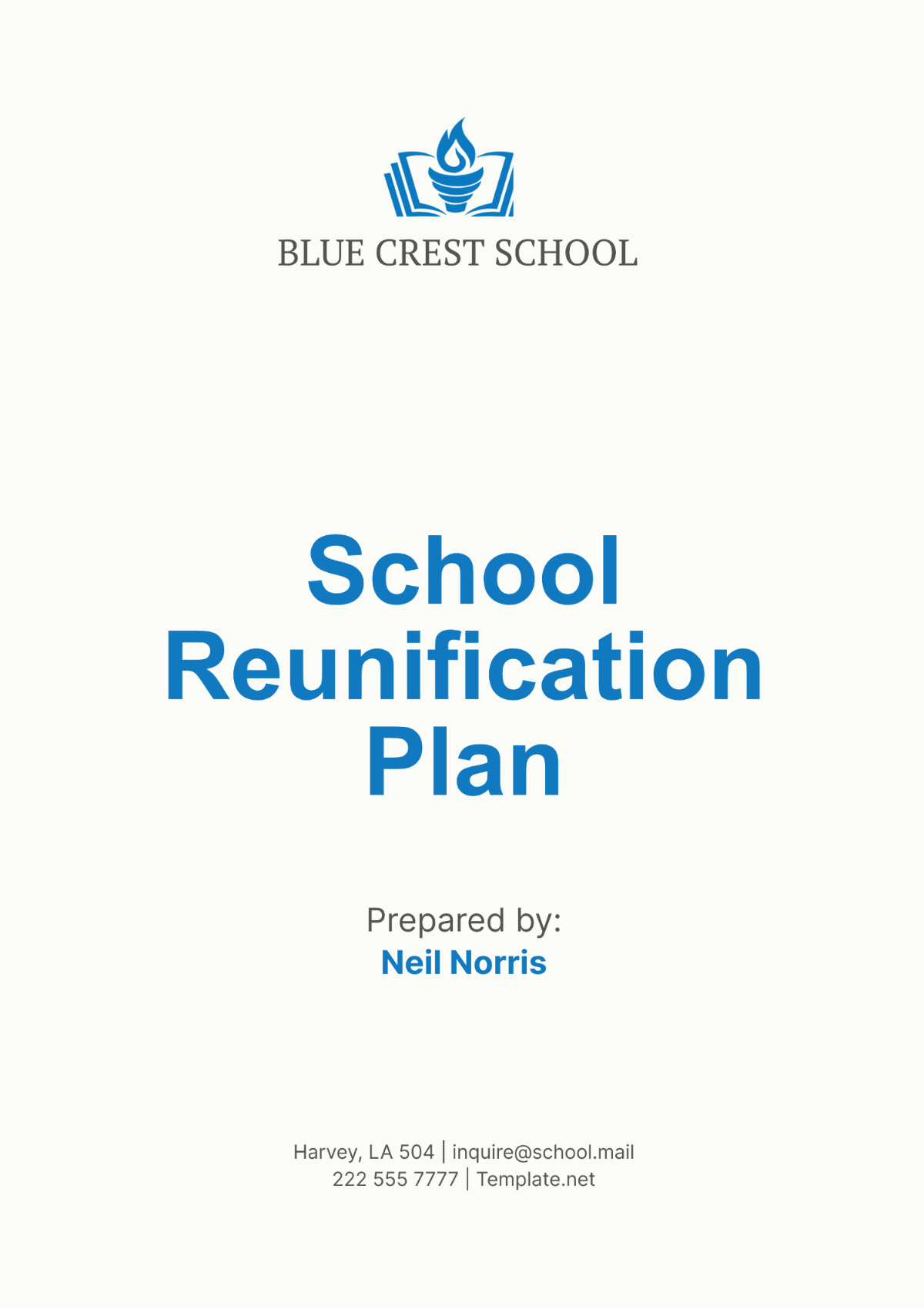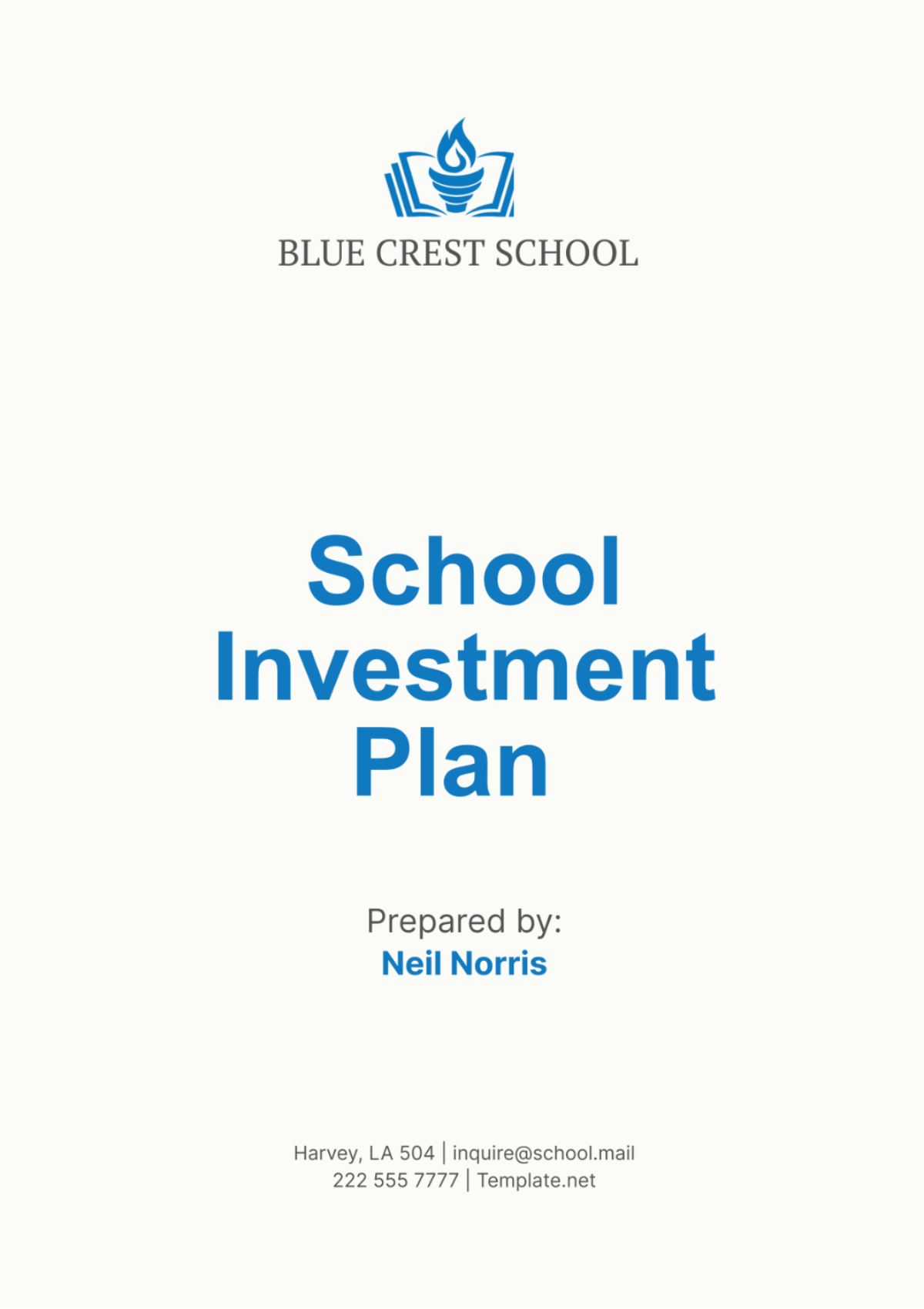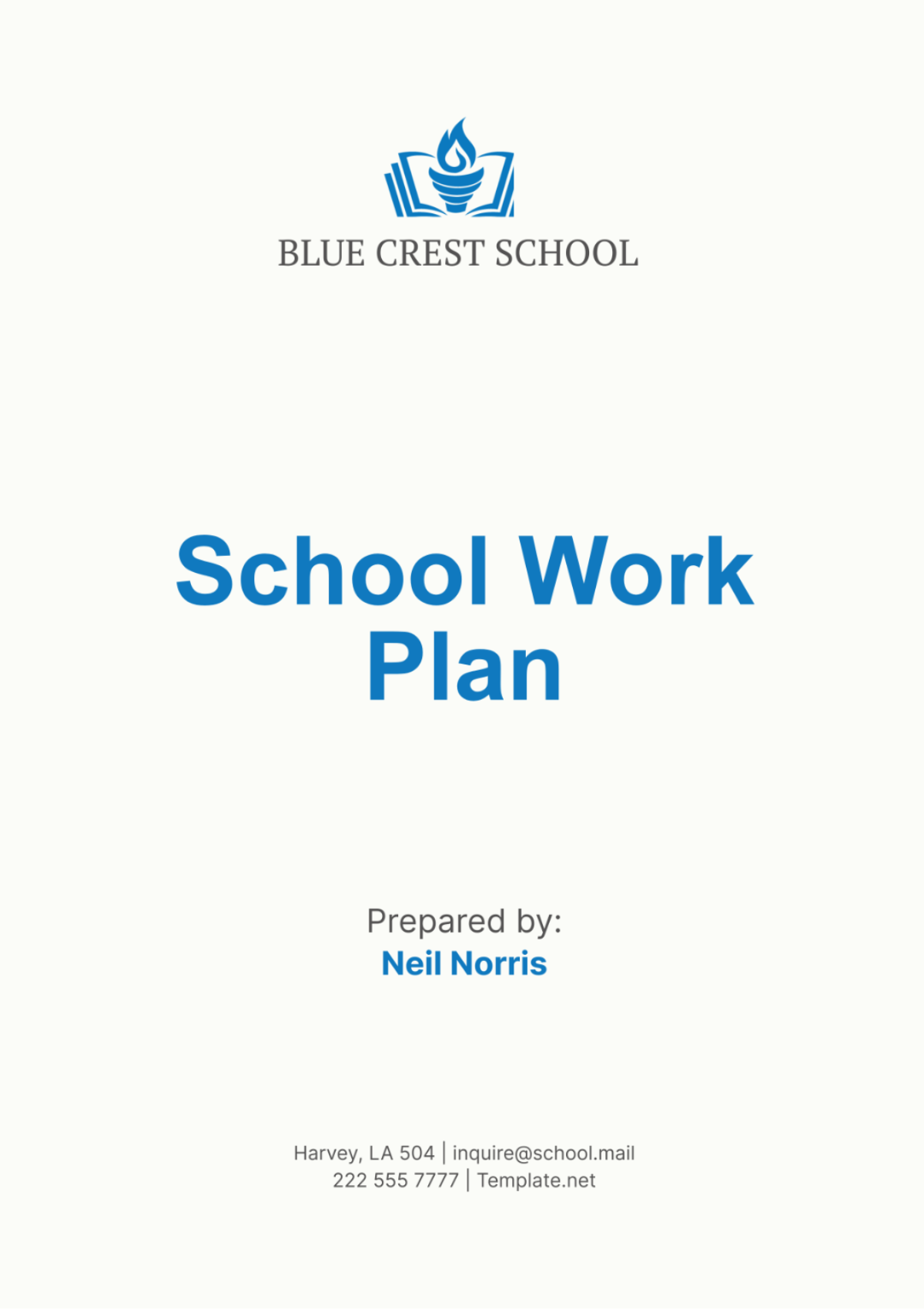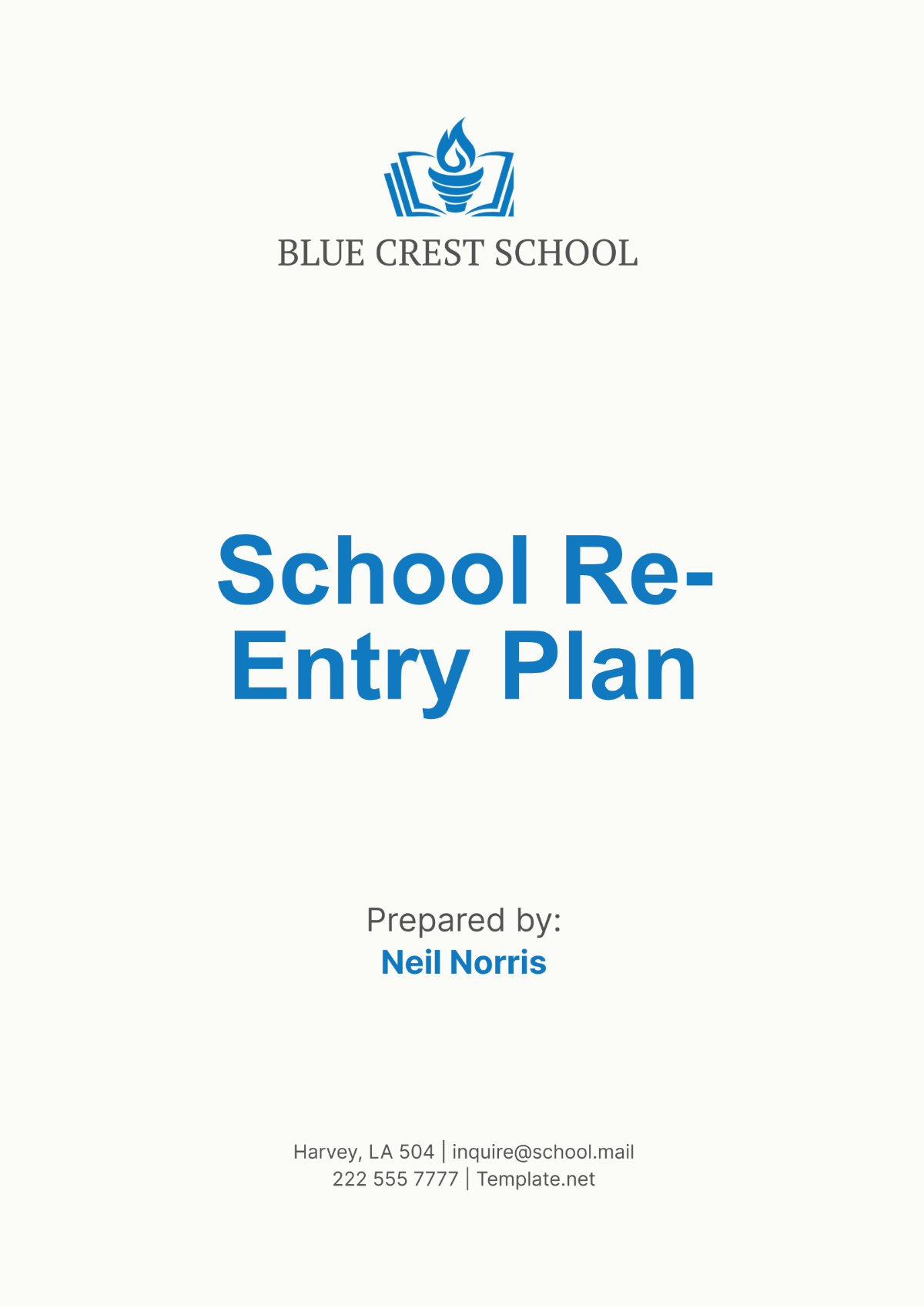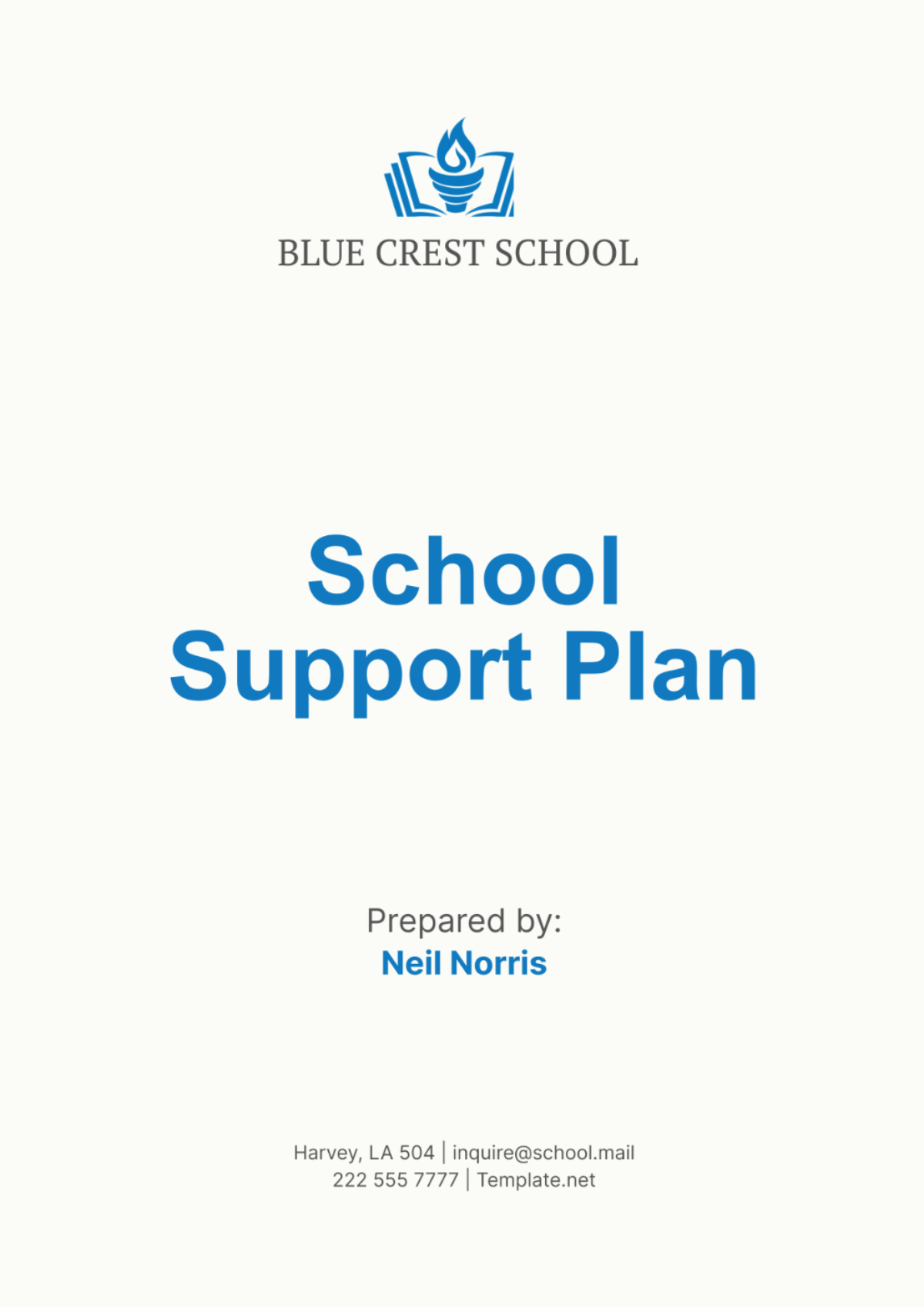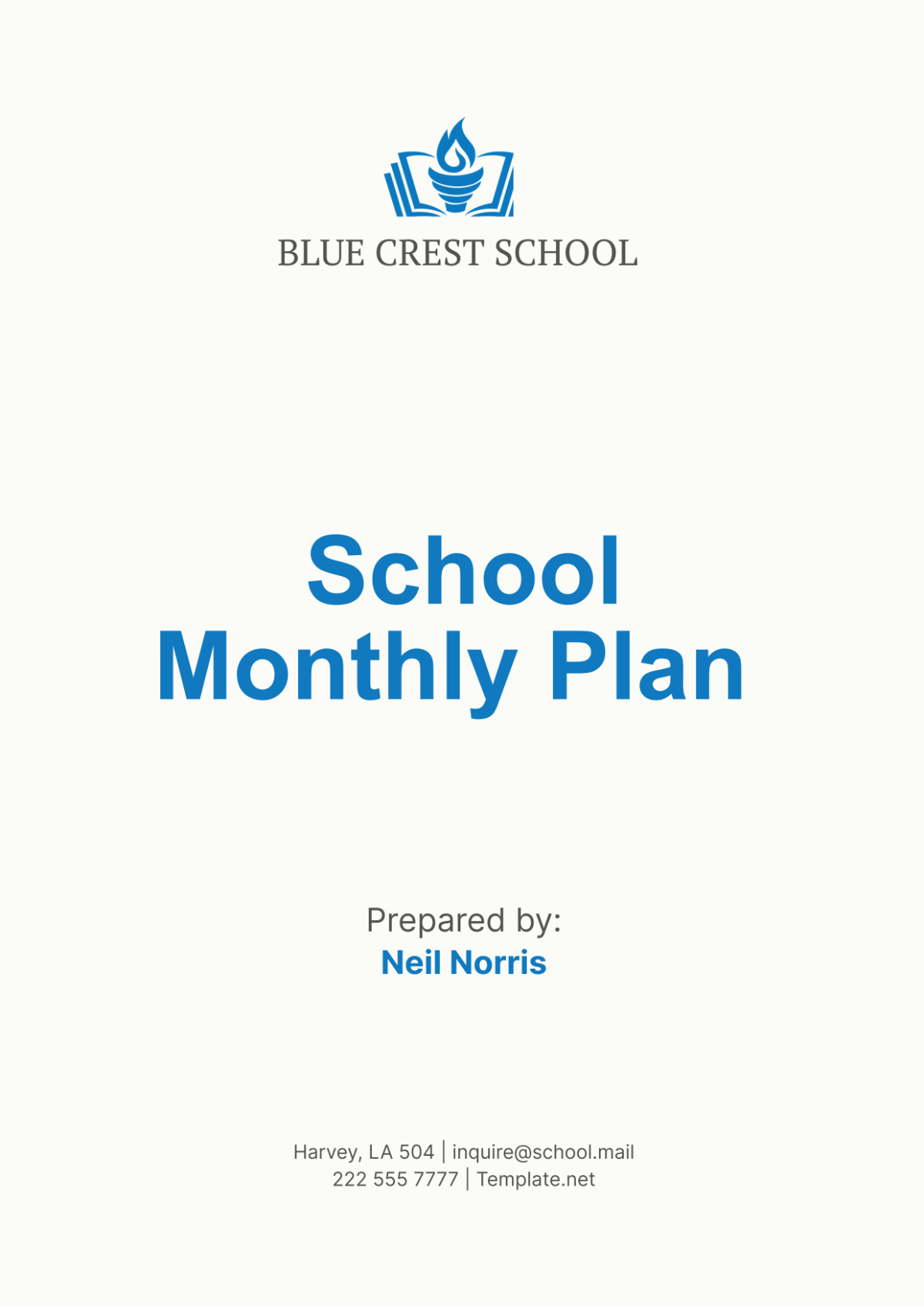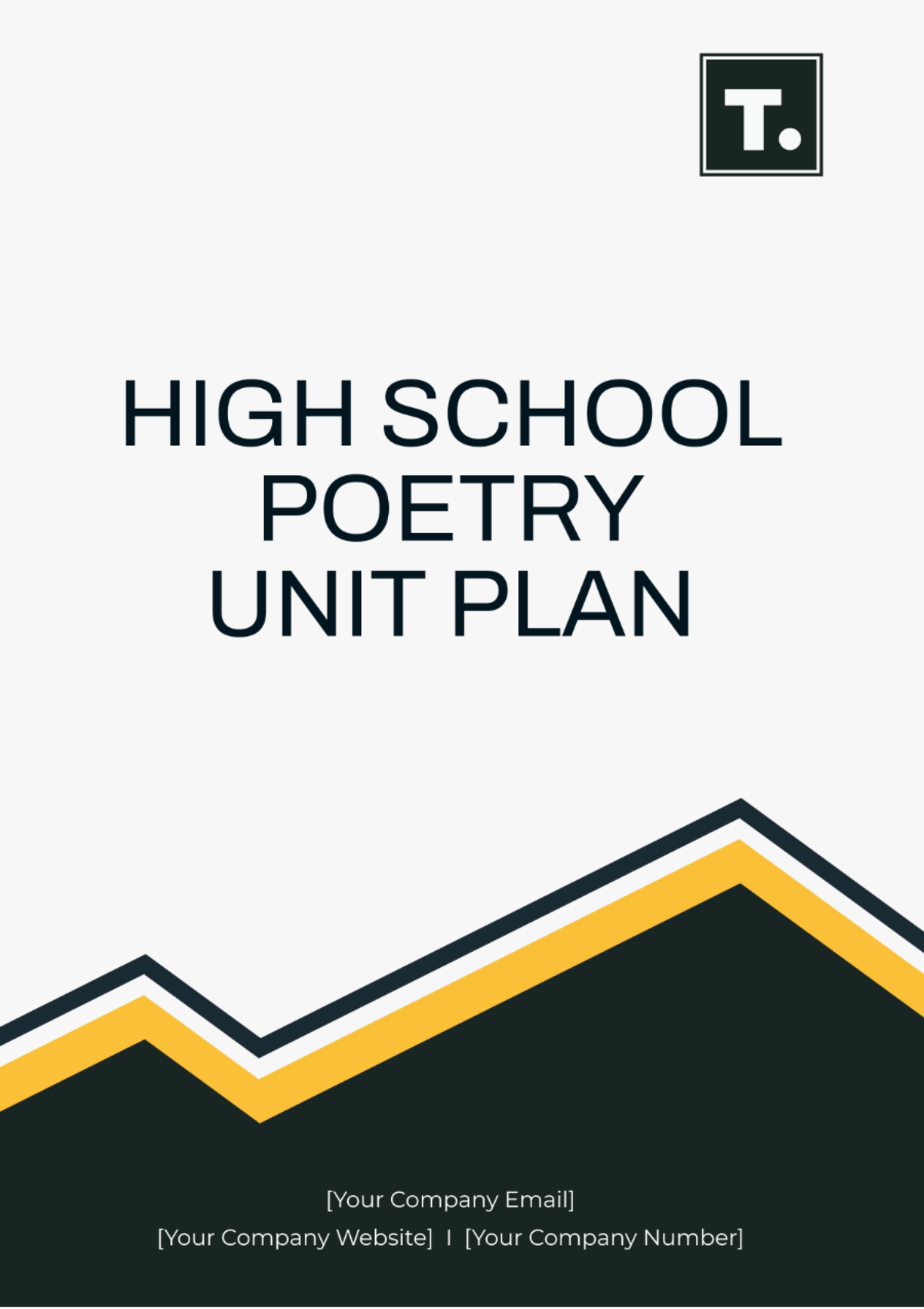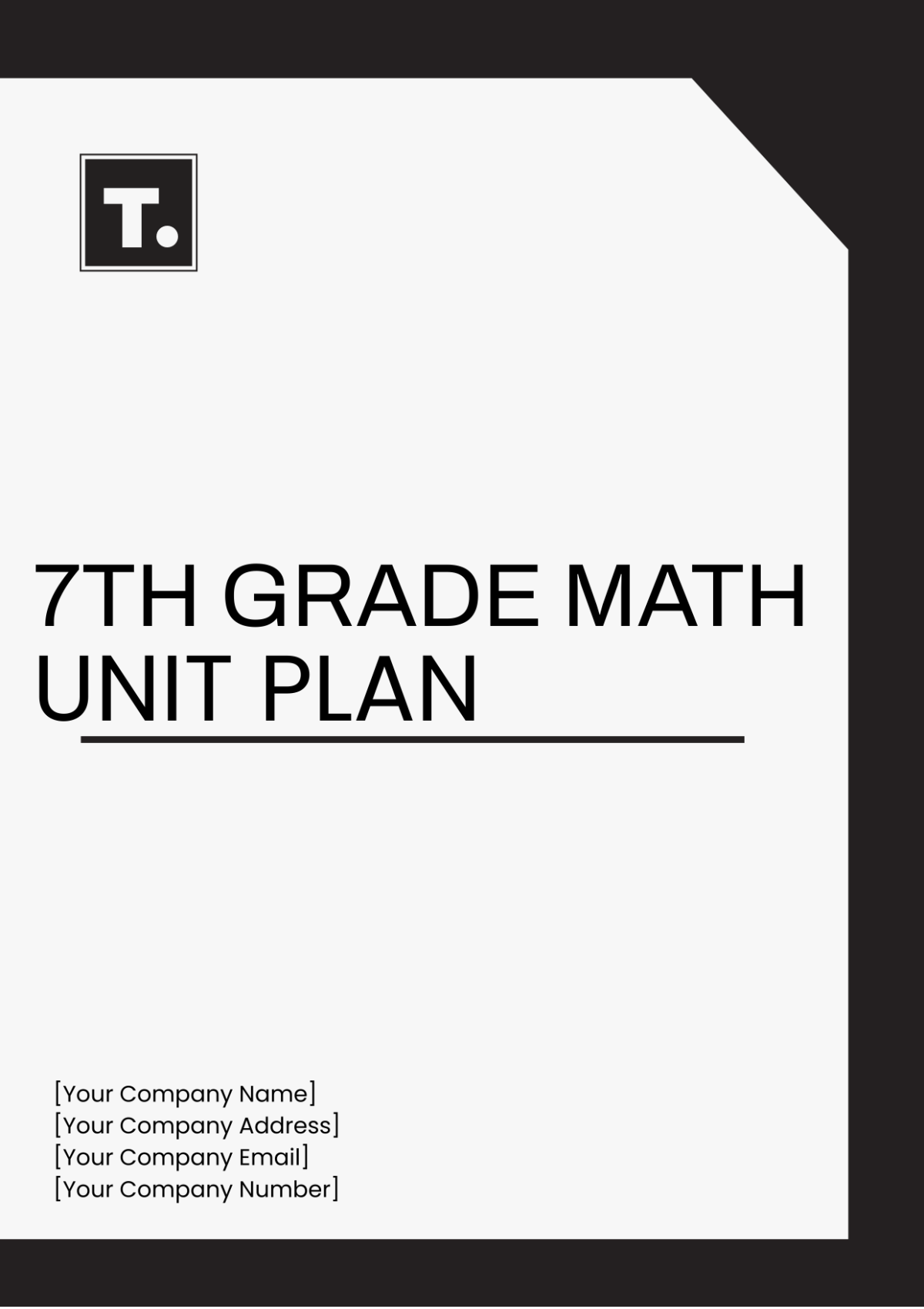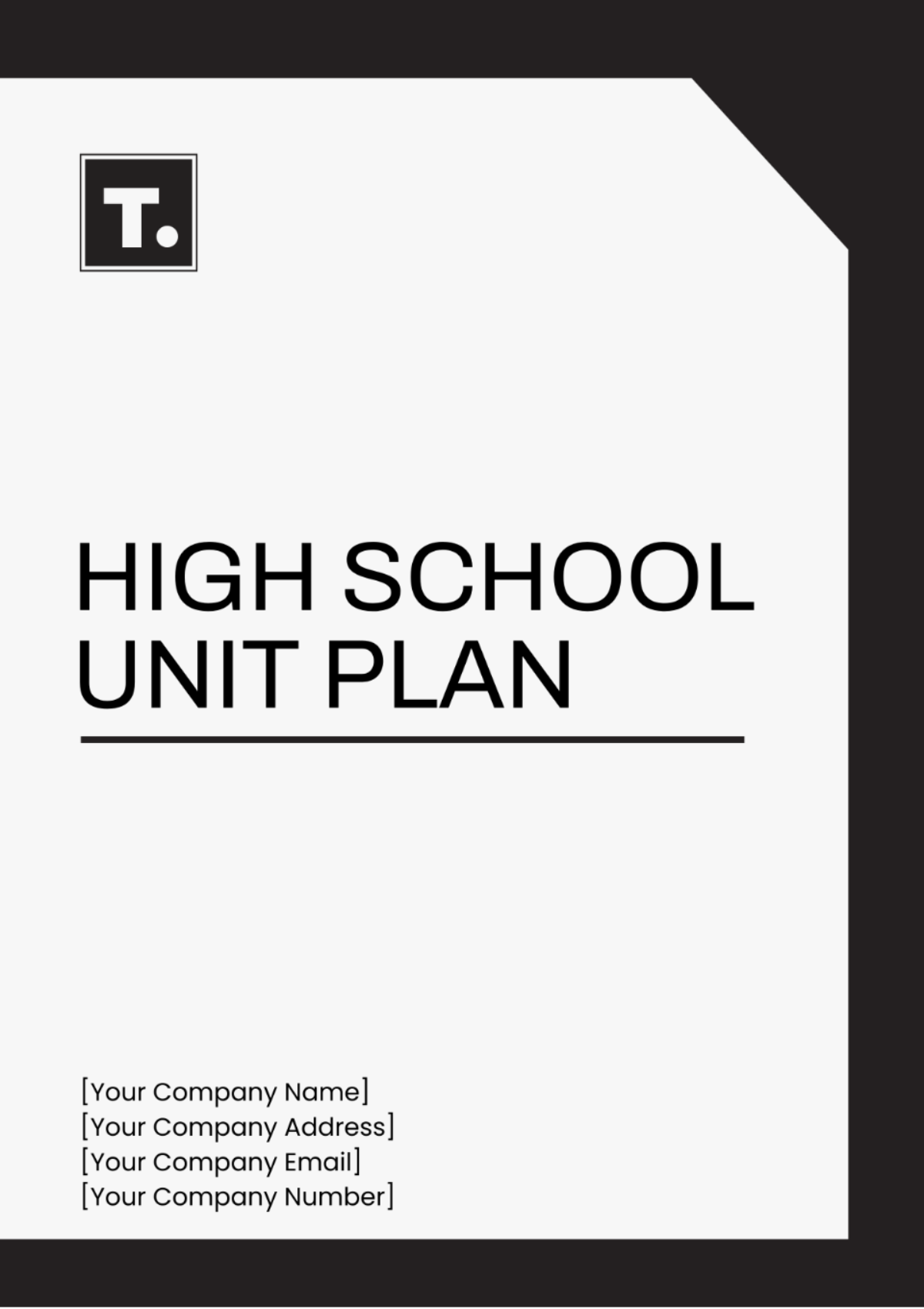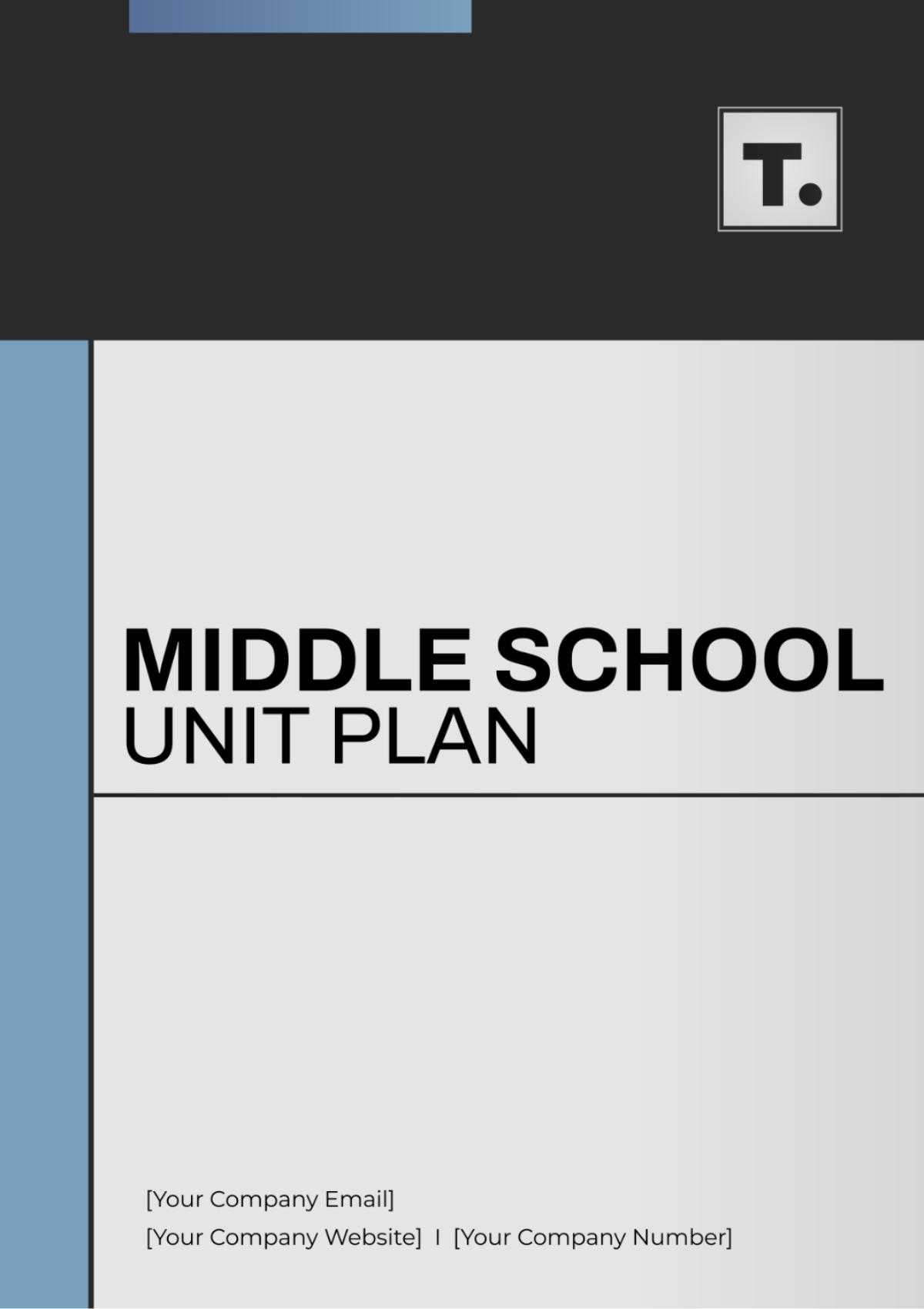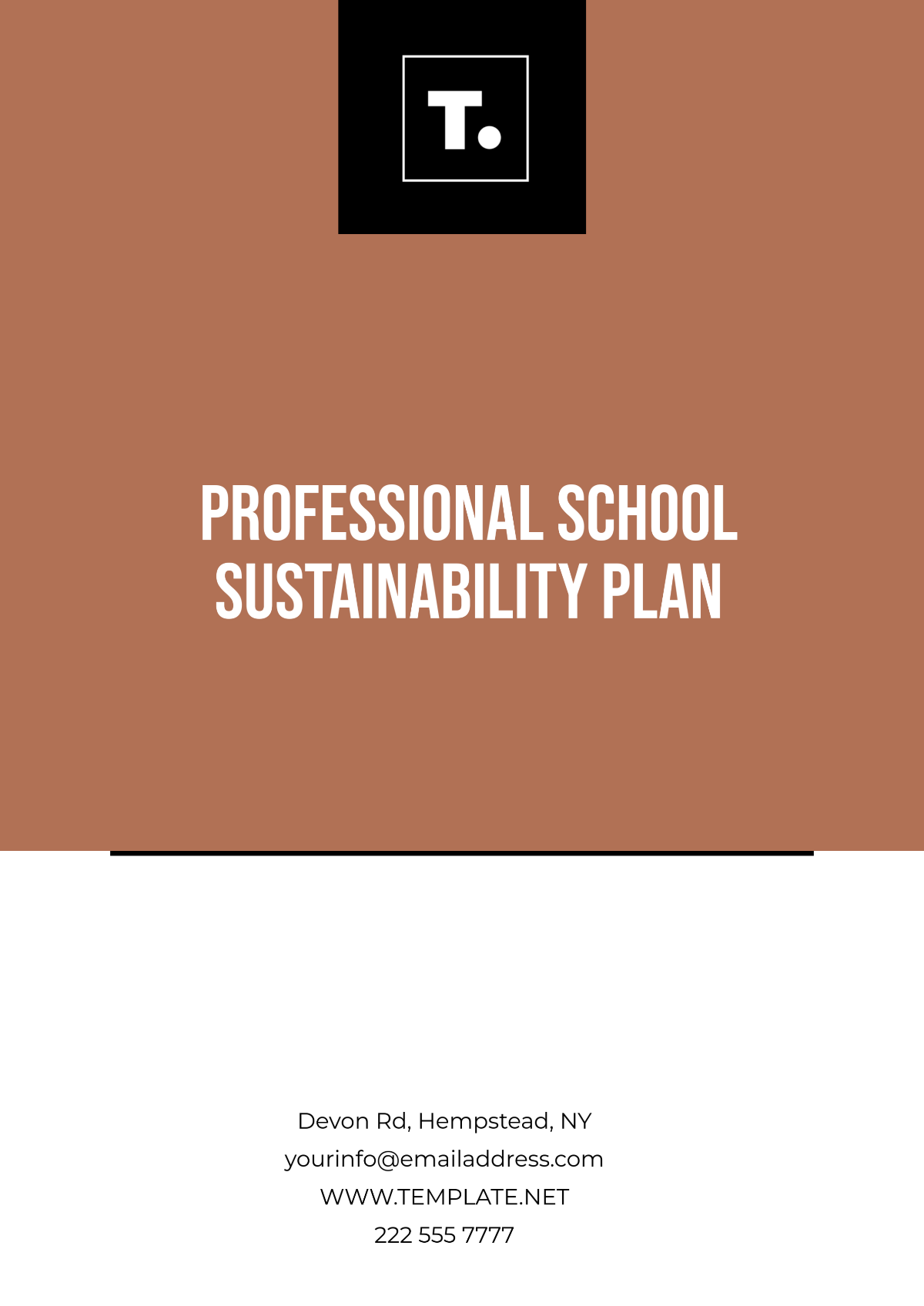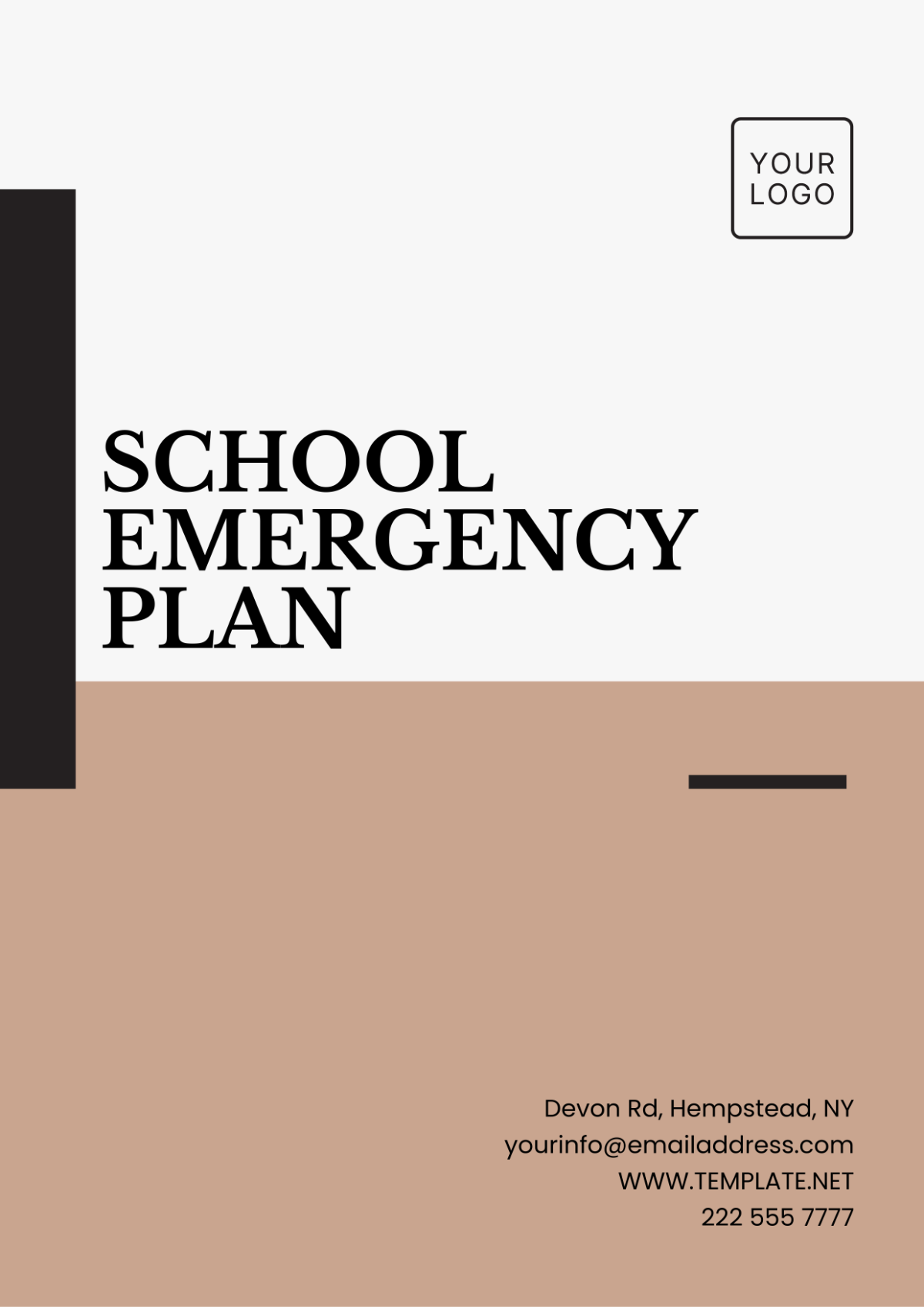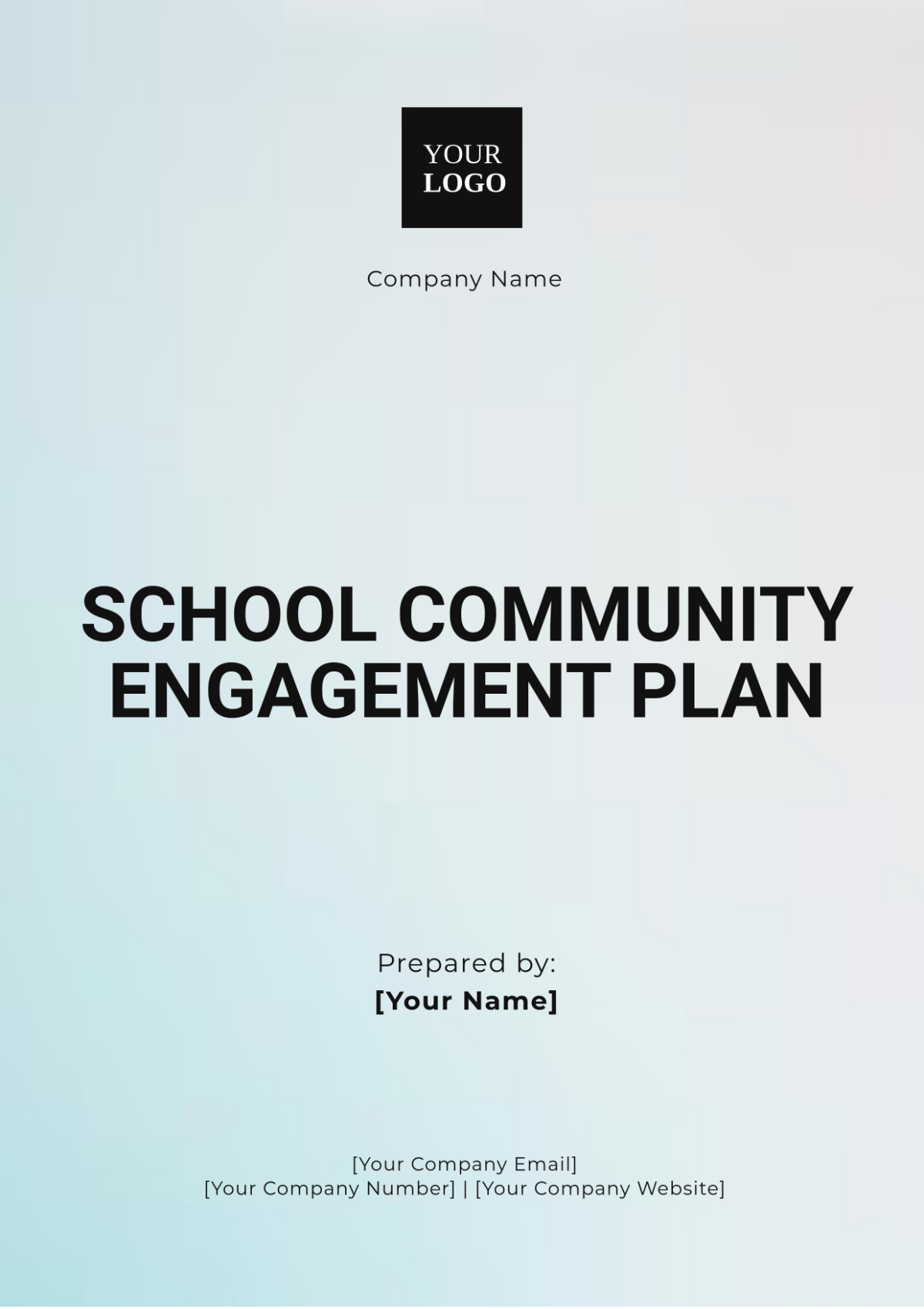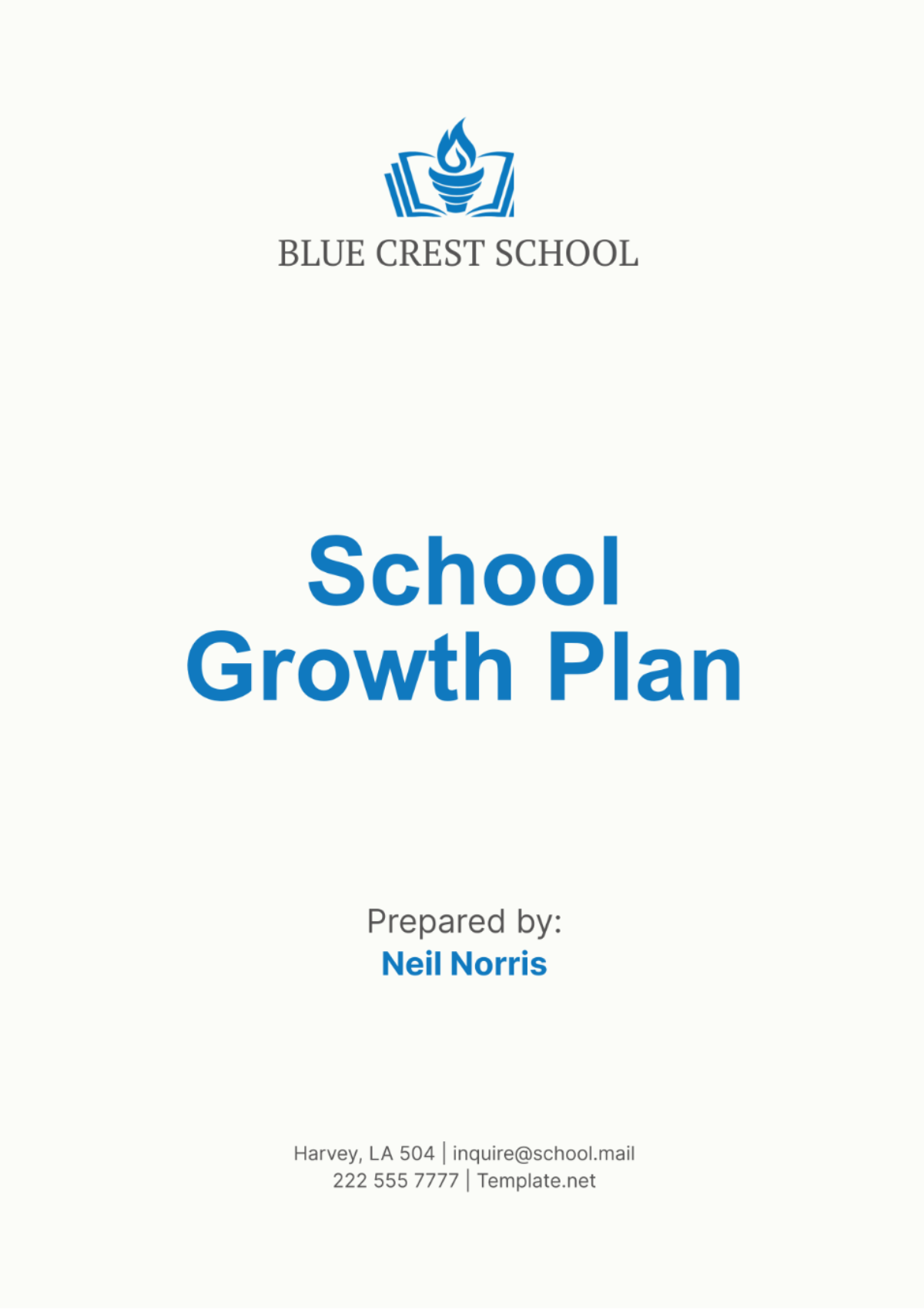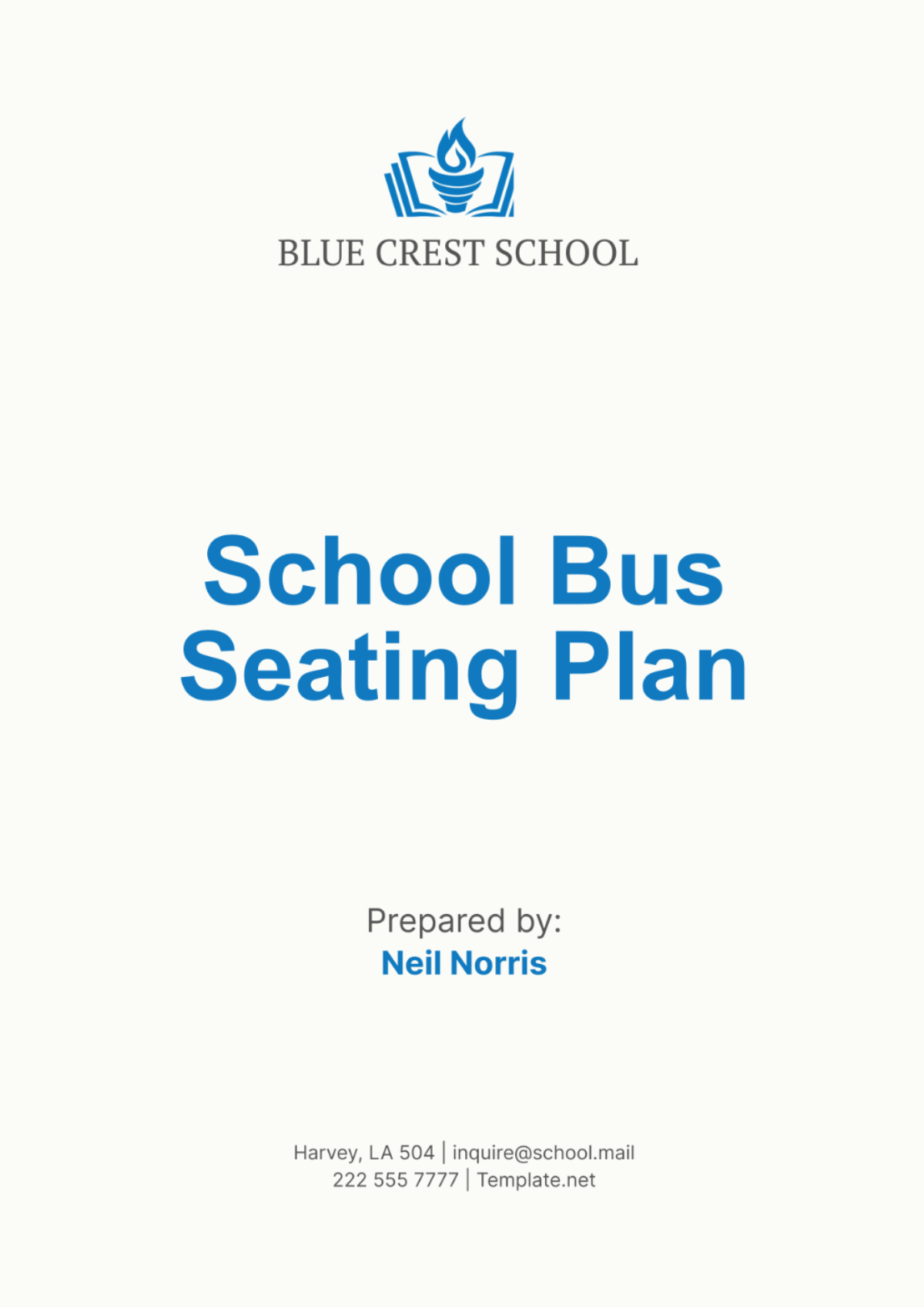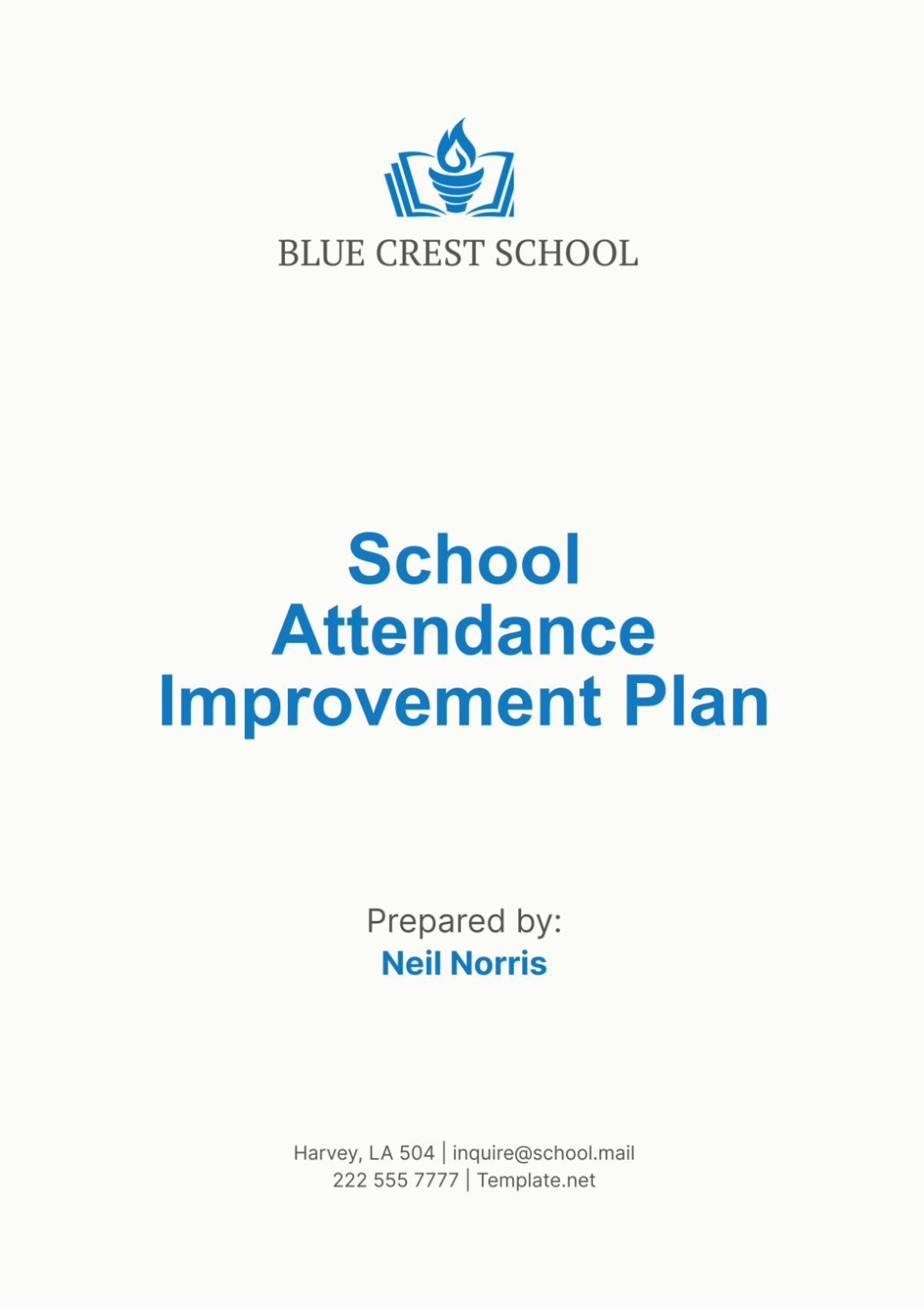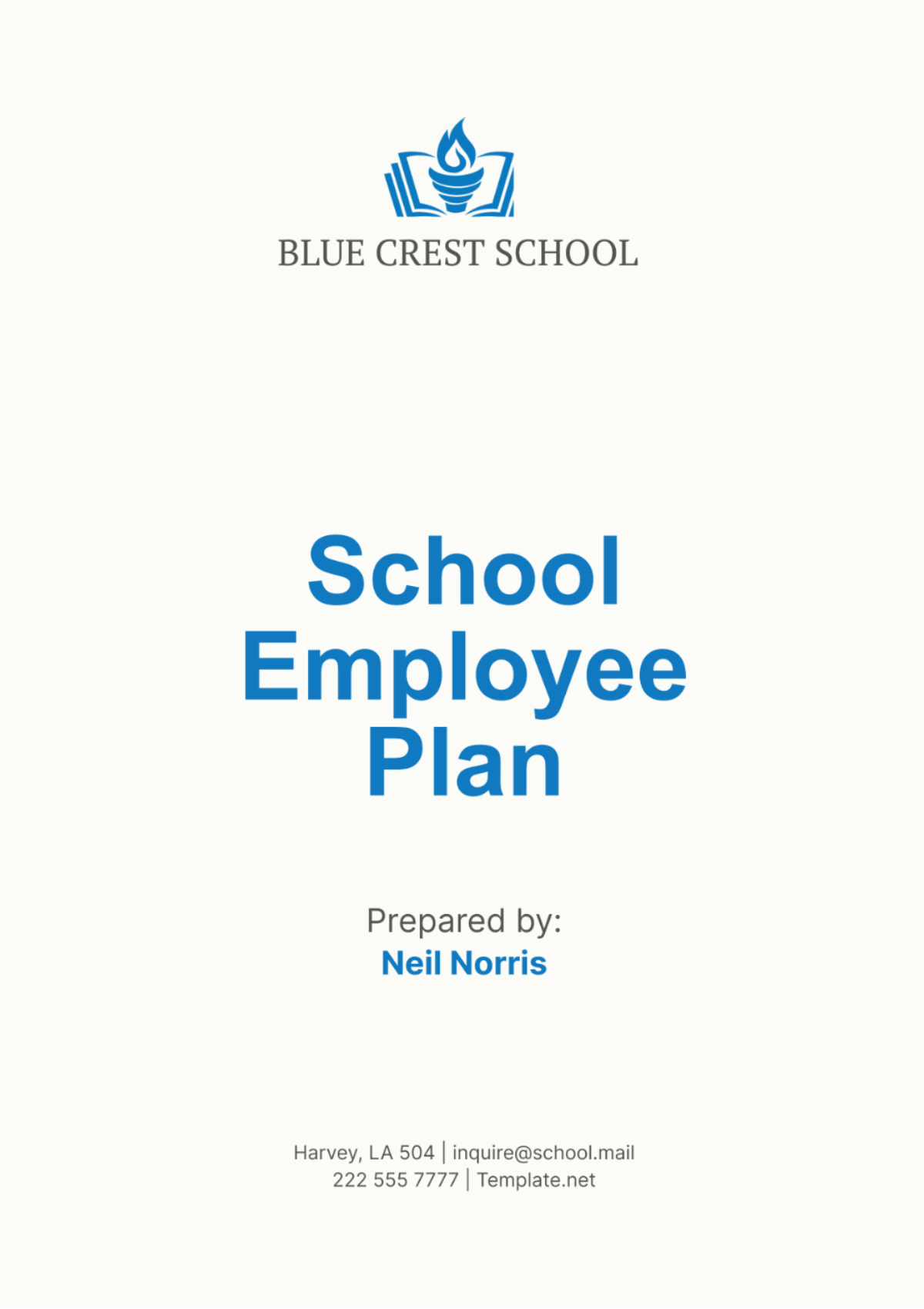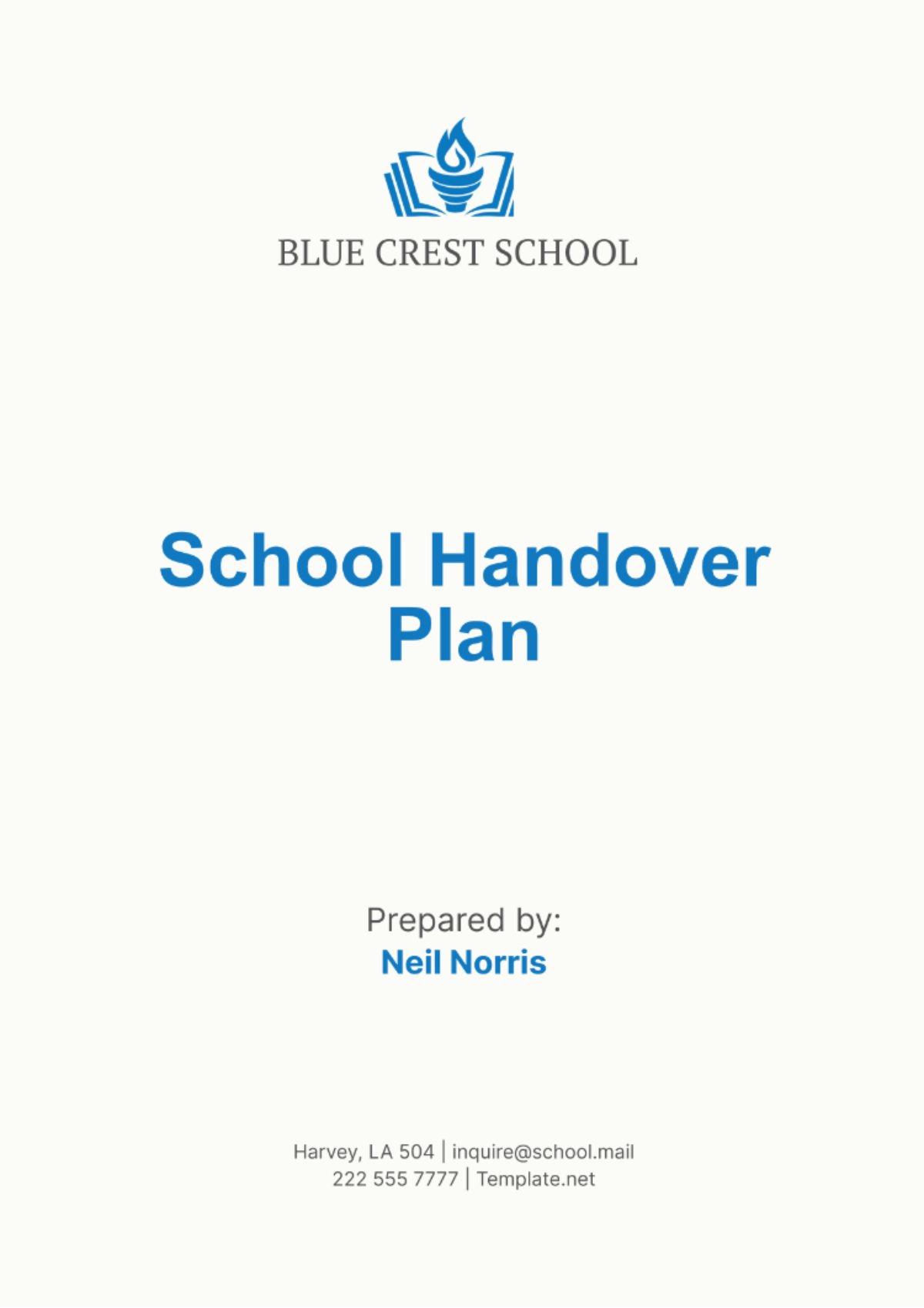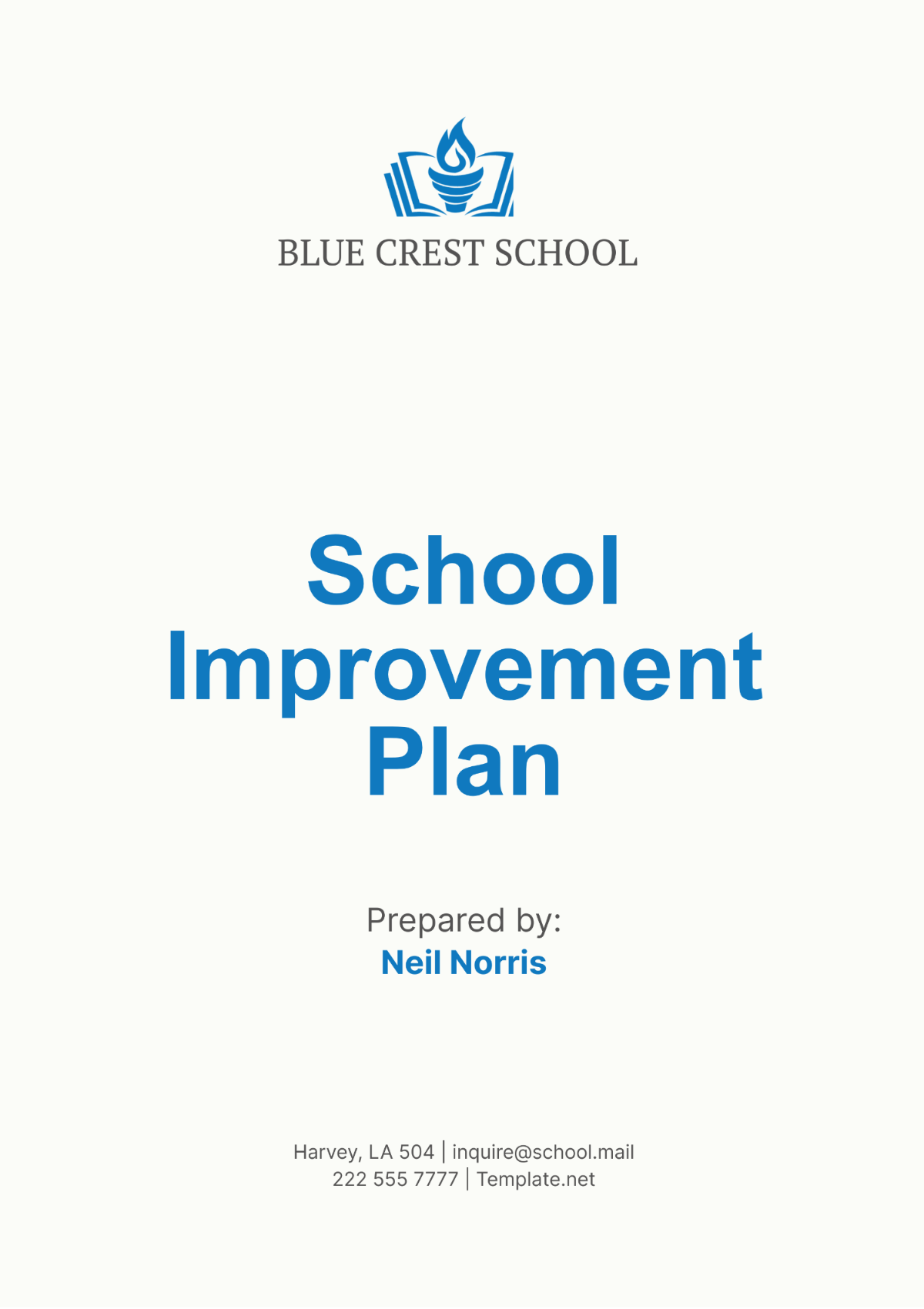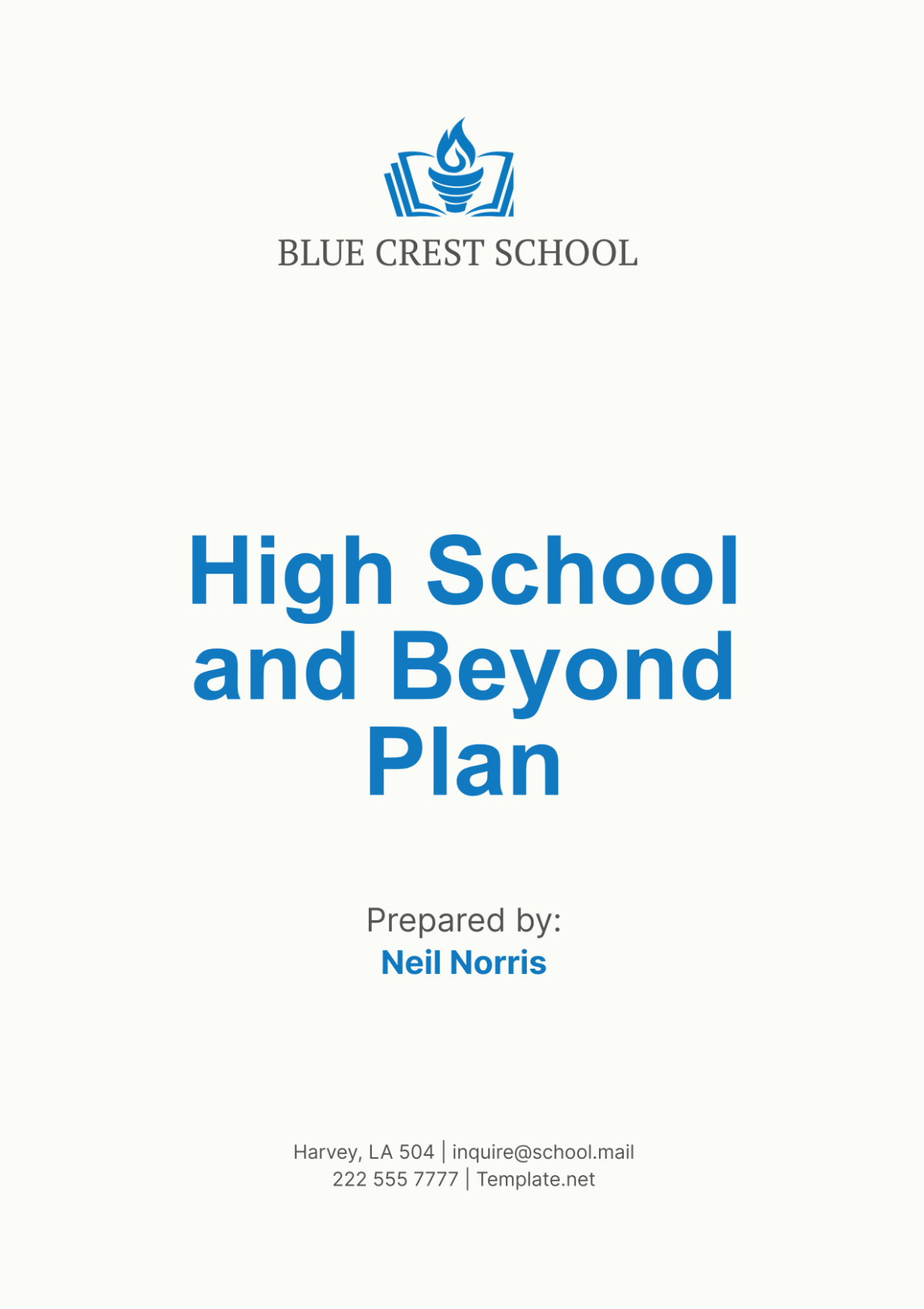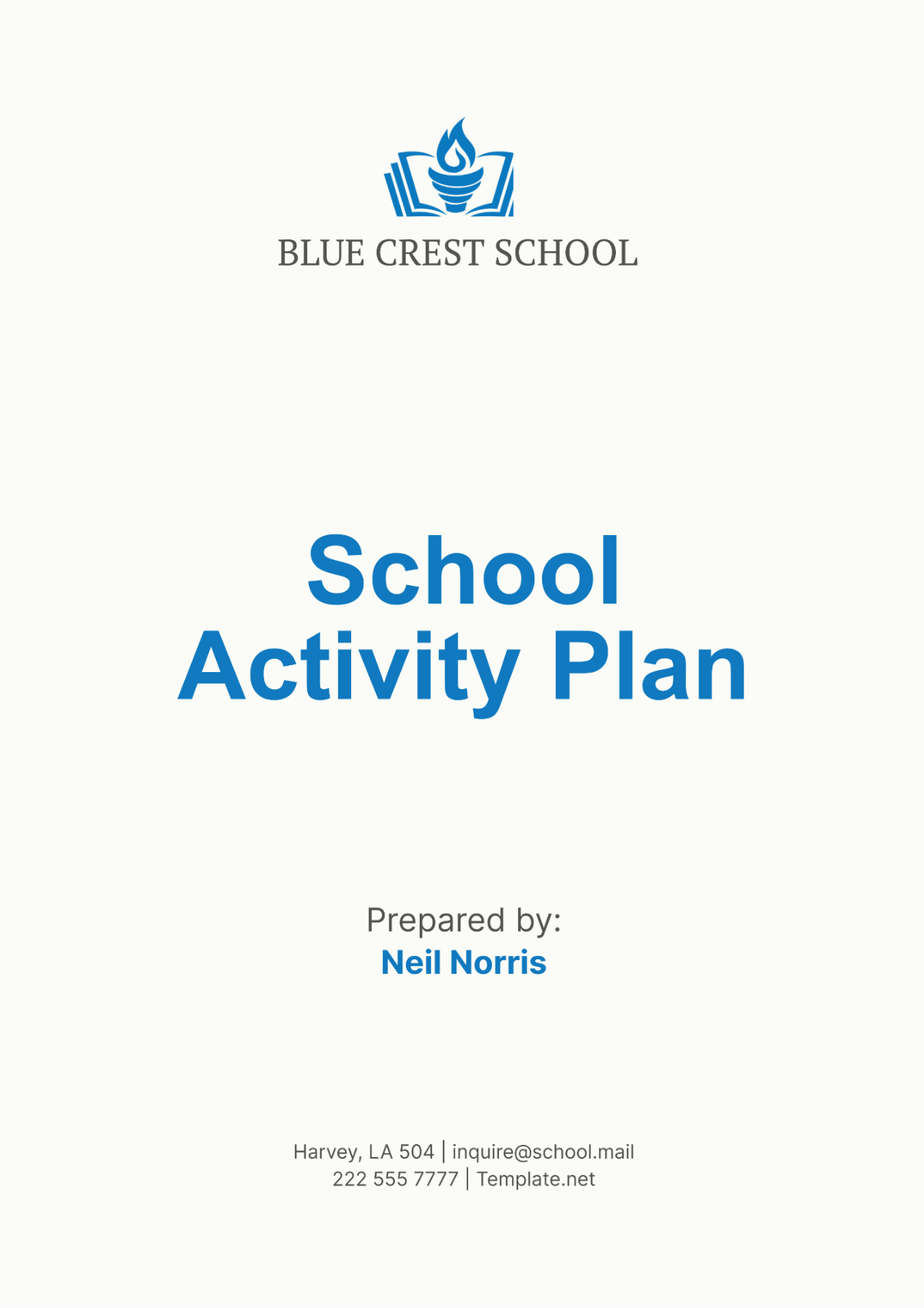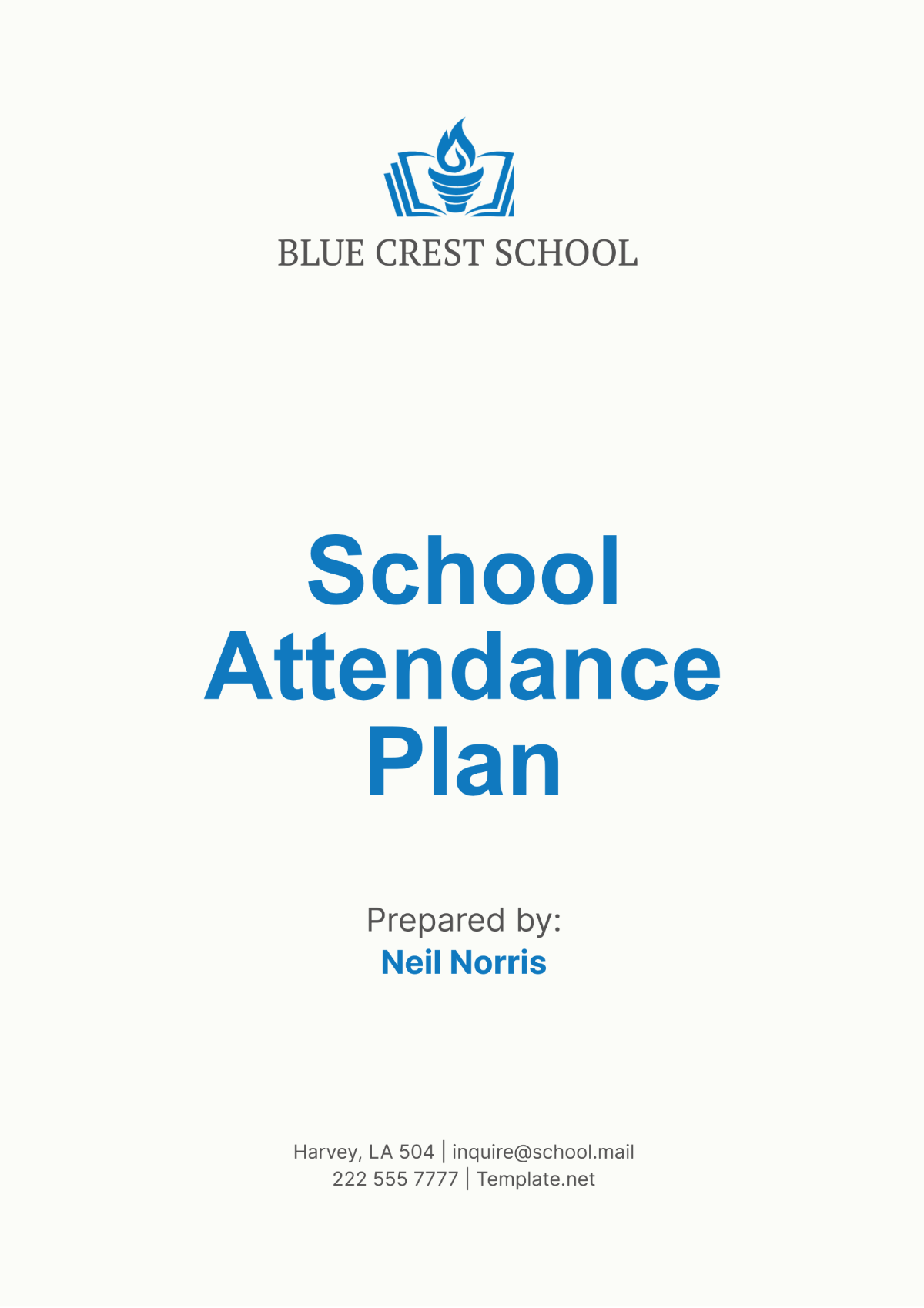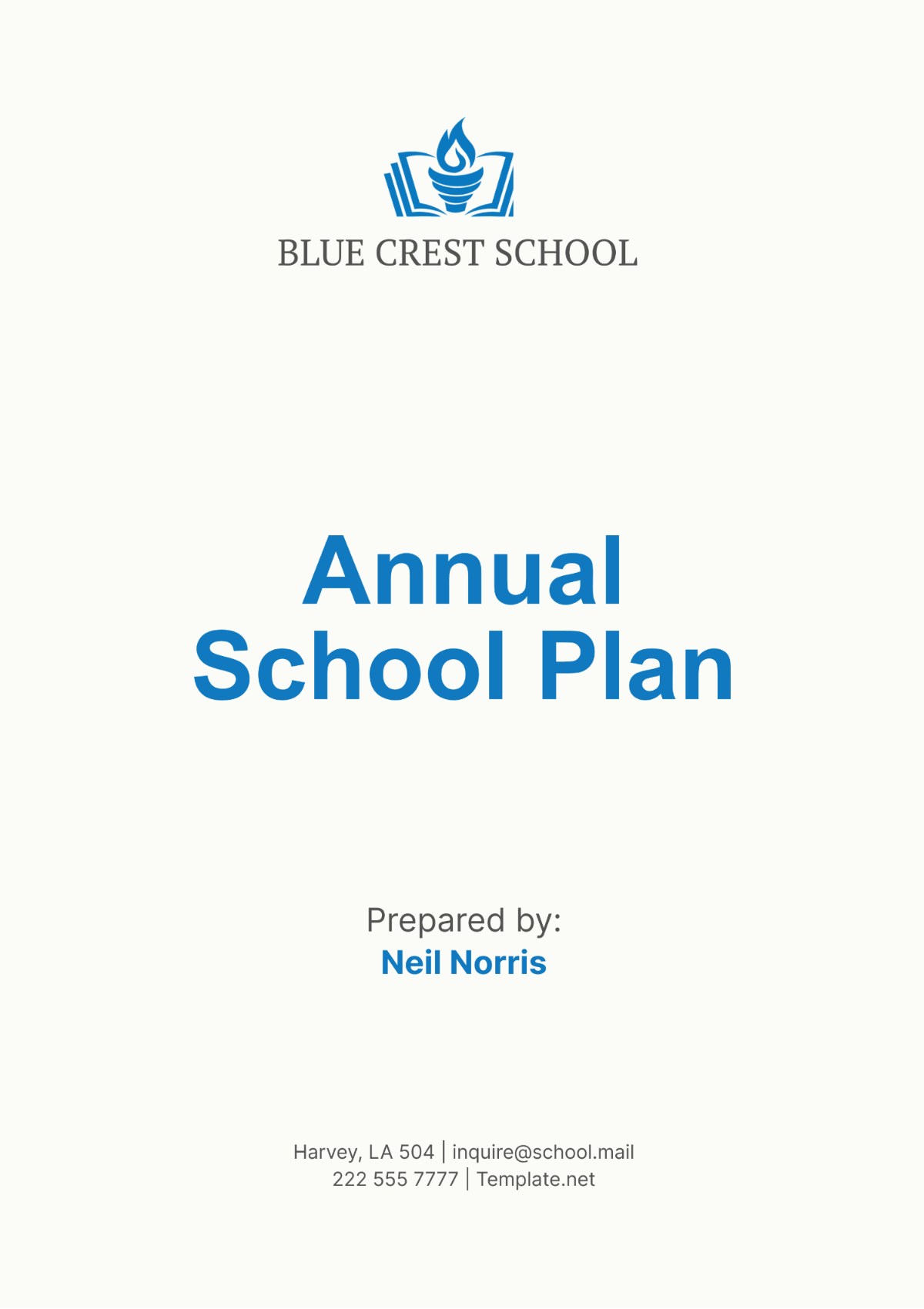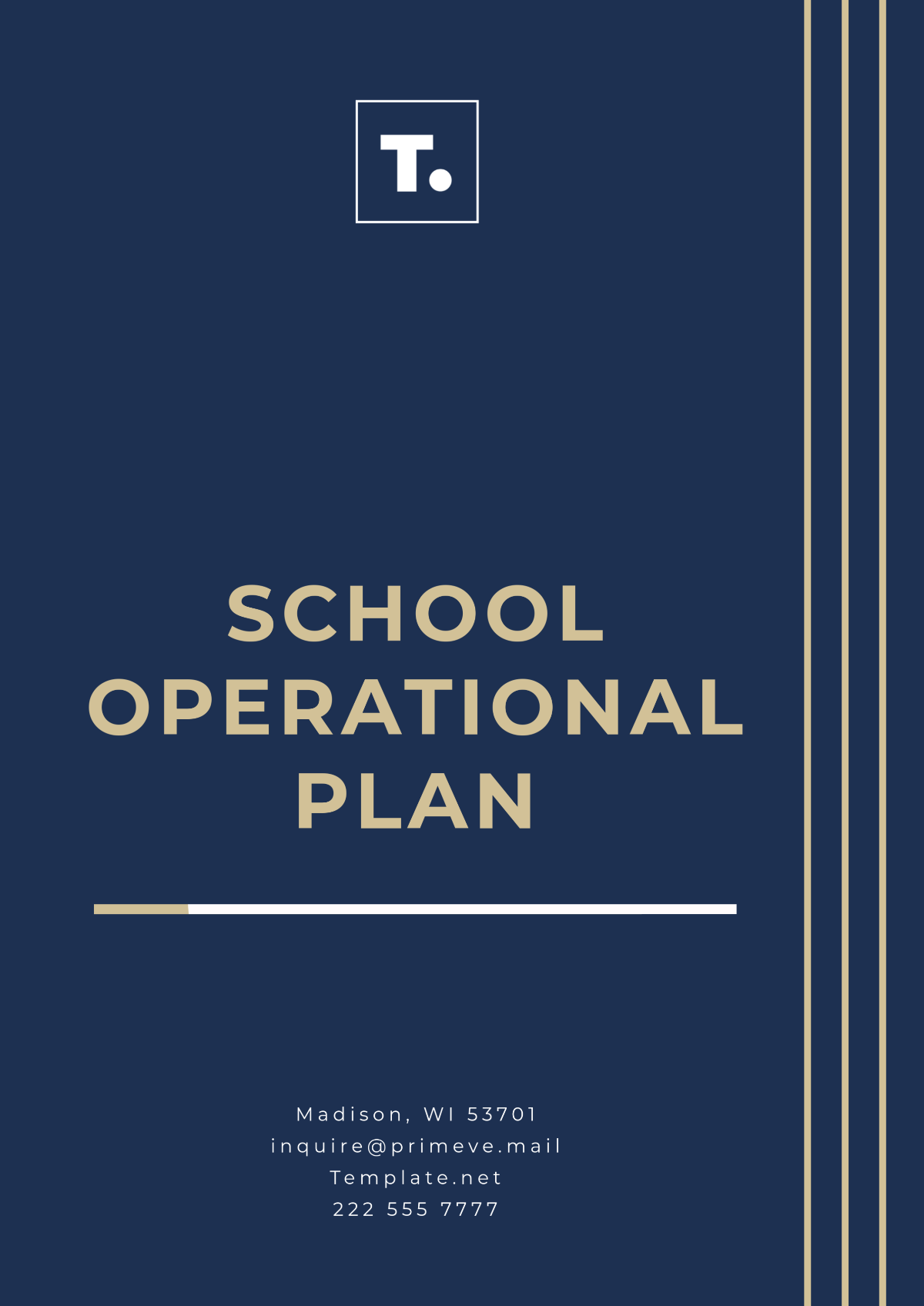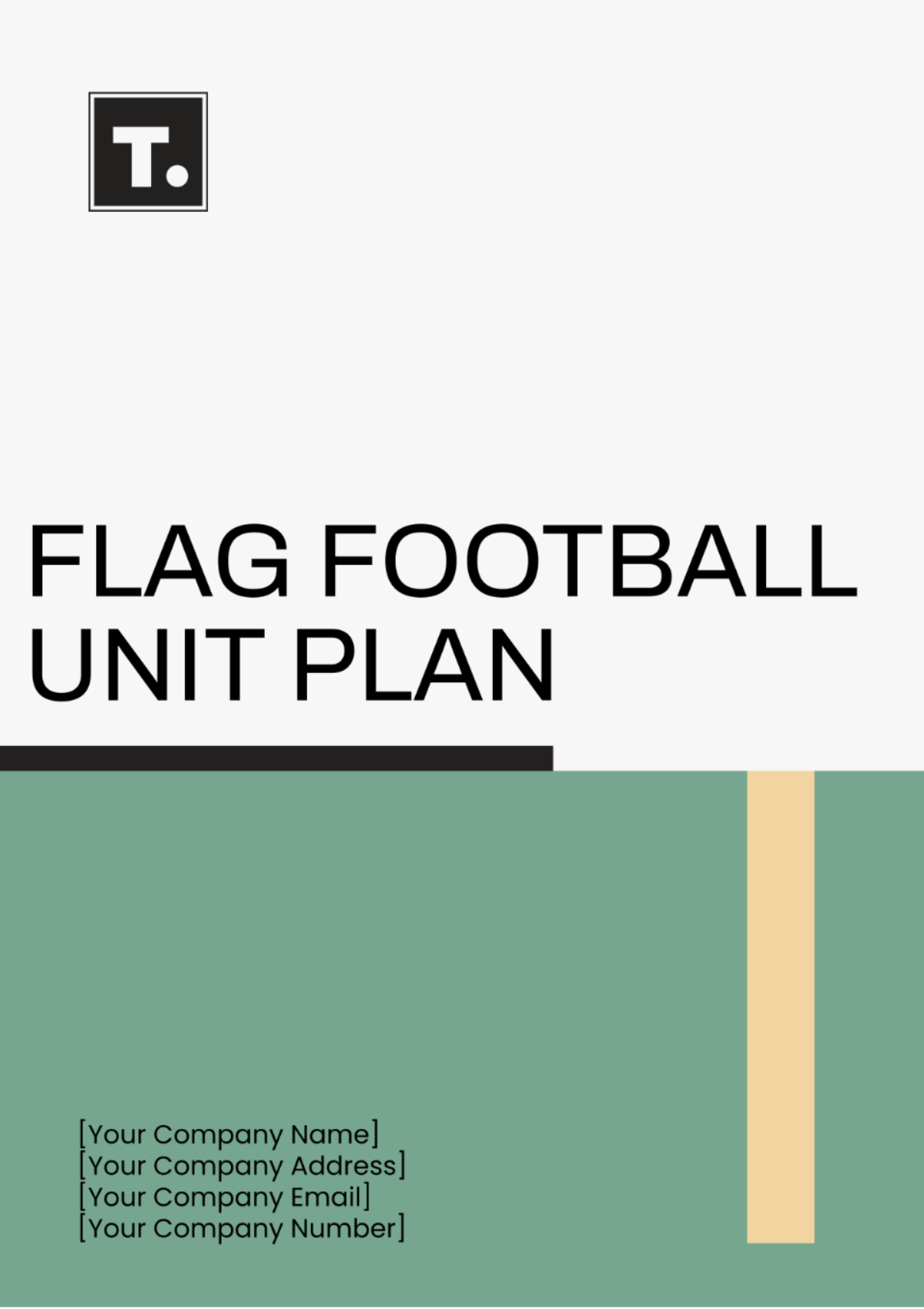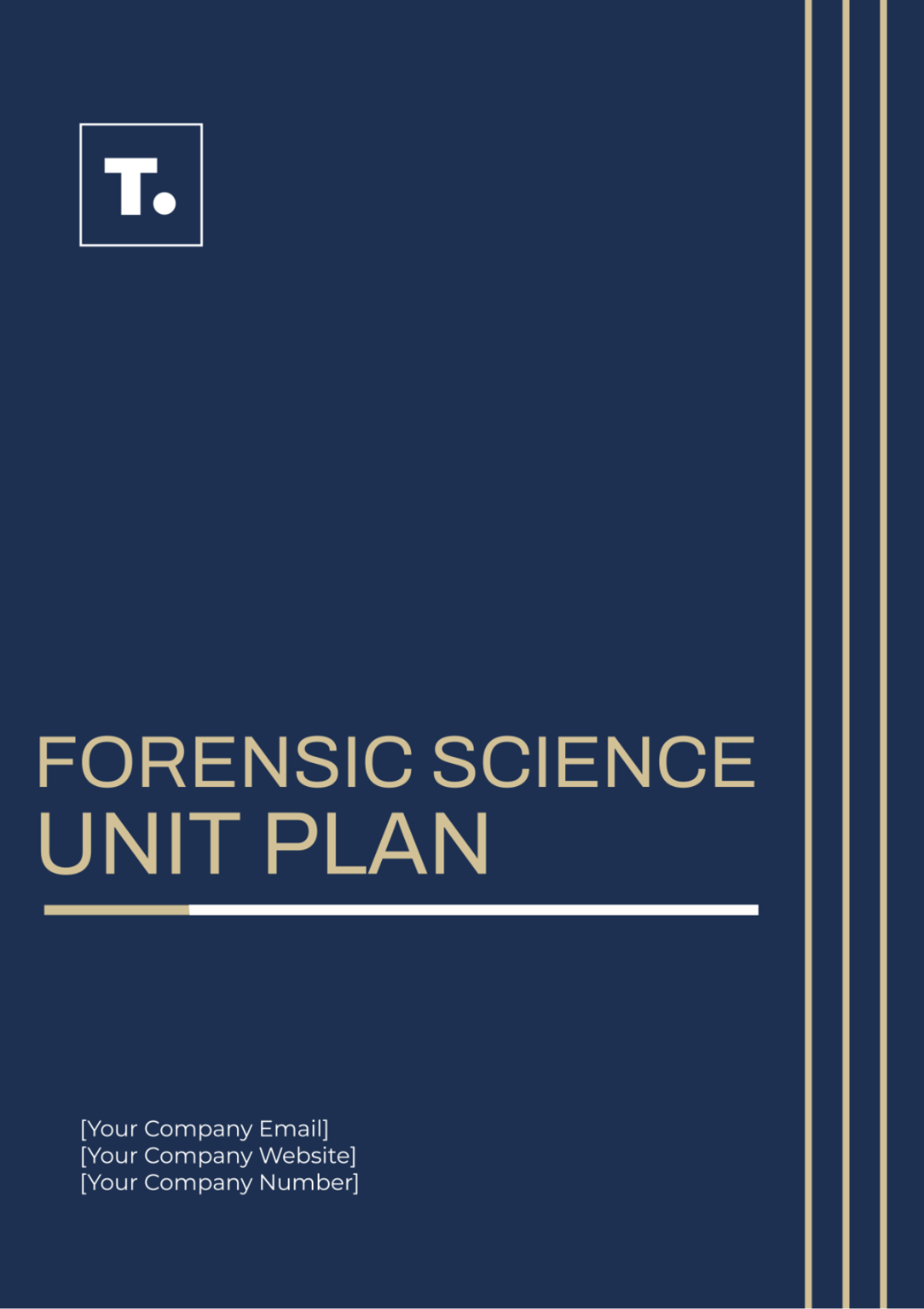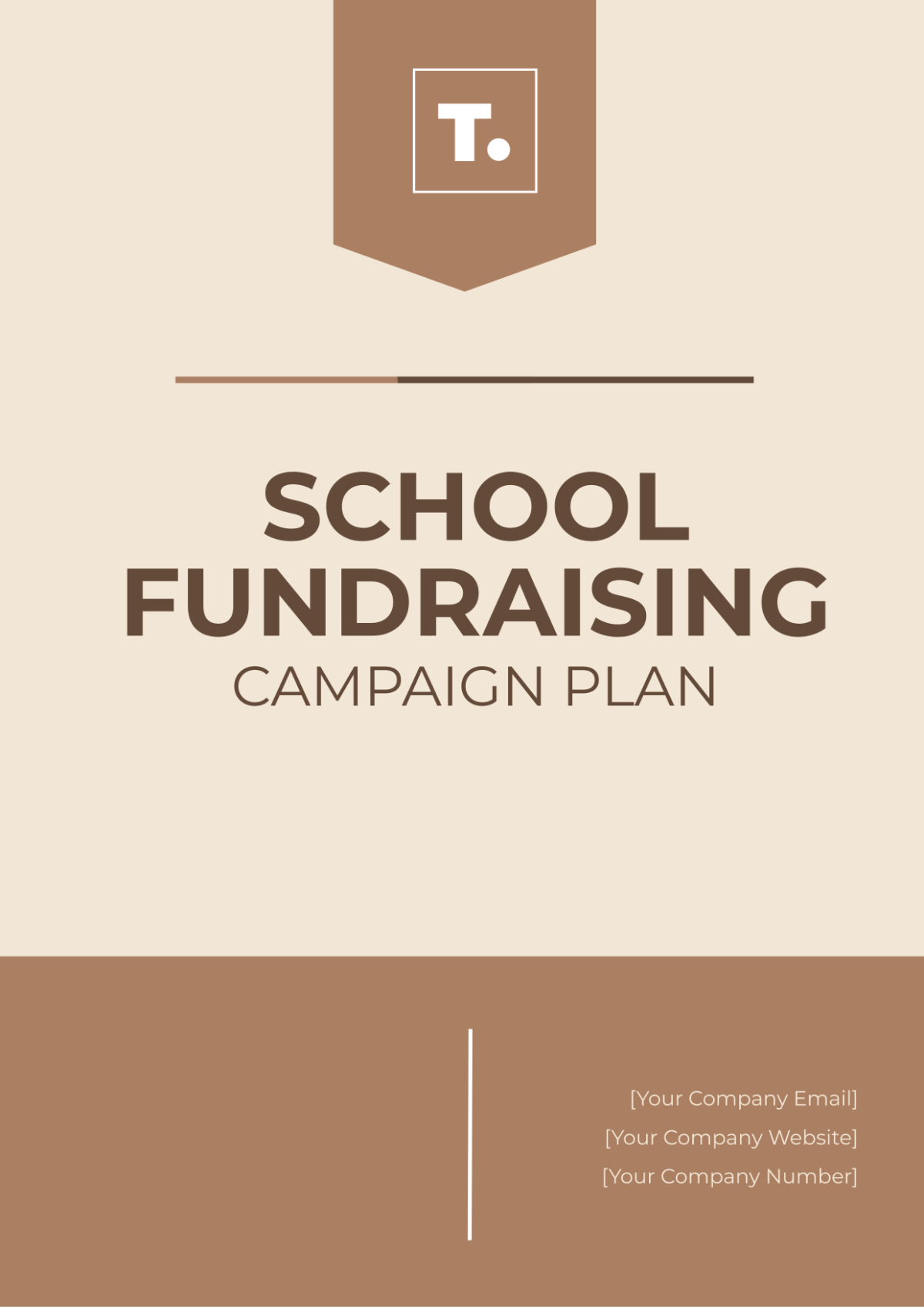Primary School Behaviour Plan
I. Executive Summary
This Primary School Behaviour Plan of [Your Company Name] is designed to foster a positive, respectful, and supportive school environment. Our goal is to promote good behaviour, address behavioural issues effectively, and cultivate a community where all students can thrive both academically and socially. The plan includes clear expectations, consistent consequences, and proactive strategies to prevent misbehaviour.
Our behaviour plan outlines specific roles and responsibilities for staff, students, and parents. It incorporates a tiered approach to intervention, ensuring that all students receive the support they need based on their individual circumstances. Data-driven decision-making will be employed to monitor the effectiveness of the plan and make necessary adjustments to improve outcomes continually.
Key components of the plan include detailed procedures for addressing behavioural incidents, a comprehensive rewards system to recognize positive behaviour, and ongoing professional development for staff. By implementing this plan, we aim to create a safe and nurturing learning environment that promotes the well-being and success of every student, aligning with our school's mission and values.
II. Behaviour Expectations
A. General Expectations
The following table summarizes the general behaviour expectations for all students at [Your Company Name]. These expectations serve as the foundation for creating a positive school environment:
Expectation | Description |
|---|---|
Respect for Others | Treat peers, staff, and visitors with respect, including polite language and listening. |
Responsibility | Take responsibility for actions and complete assignments on time. |
Safety | Follow school rules to ensure everyone's safety. |
Kindness | Engage in acts of kindness, such as helping and sharing. |
Honesty | Be honest in interactions and academic work. |
Respect for others is crucial in creating a harmonious school environment where everyone feels valued. By taking responsibility for their actions, students learn accountability, which is essential for personal growth. Emphasizing safety helps prevent accidents and ensures a secure learning atmosphere. Encouraging kindness fosters a supportive community, while honesty builds trust and integrity among students and staff.
B. Classroom Behaviour
The following table outlines the key behavioural expectations within the classroom setting, which are essential for maintaining an effective learning environment:
Expectation | Description |
|---|---|
Listening and Participation | Listen attentively and participate actively in class discussions and activities. |
Following Instructions | Follow the teacher's instructions promptly and without disruption. |
Respecting Classroom Materials | Handle classroom materials and equipment with care, returning them to their place. |
Collaborative Work | Work cooperatively with peers, respecting each other's ideas and contributions. |
Active listening and participation in class help enhance learning and ensure students are engaged. Following instructions promptly allows the class to proceed smoothly without unnecessary interruptions. Respecting classroom materials maintains an organized and functional environment. Collaborative work develops essential teamwork and communication skills, which are critical for students' overall development.
C. Playground Behaviour
The following table highlights the expected behaviours on the playground, which are necessary for a safe and enjoyable recreational environment:
Expectation | Description |
|---|---|
Safe Play | Engage in safe play, avoiding rough or dangerous activities. |
Inclusion | Include all students in playground activities, promoting inclusivity and friendship. |
Respect for Equipment | Use playground equipment properly and follow the rules for each piece of equipment. |
Conflict Resolution | Resolve conflicts peacefully and seek help from staff if needed. |
Safe play is essential to prevent injuries and ensure that all students can enjoy their time on the playground. Inclusion promotes a sense of belonging and helps reduce feelings of isolation among students. Proper use of playground equipment ensures its longevity and safety for everyone. Teaching conflict resolution skills enables students to manage disputes constructively, fostering a peaceful and cooperative playground environment.
III. Consequences for Misbehaviour
The following table outlines the levels and the corresponding consequences:
Infraction Level | Consequence |
|---|---|
Minor Infractions | Verbal warning, loss of privileges, time-out |
Major Infractions | Parental notification, detention, behavioural contracts, restorative practices |
Severe Infractions | Suspension, expulsion, restorative practices, behavioural assessments |
A. Minor Infractions
Verbal Warning: The student will receive a verbal warning, reminding them of the expected behaviour. This initial step helps address minor misbehaviour promptly and encourages self-correction.
Loss of Privileges: Minor infractions may result in the temporary loss of privileges, such as free playtime or participation in certain activities. This consequence is intended to motivate students to adhere to school rules.
Time-Out: The student may be given a brief time-out period to reflect on their behaviour and calm down. Time-outs provide an opportunity for students to regain composure and reconsider their actions.
B. Major Infractions
Parental Notification: For major infractions, parents will be notified promptly, and a meeting may be scheduled to discuss the student's behaviour. Involving parents ensures a collaborative approach to addressing serious issues.
Detention: The student may be assigned detention during recess or after school as a consequence for serious misbehaviour. Detention serves as a deterrent and emphasizes the importance of following school rules.
Behavioural Contracts: A behavioural contract outlining specific expectations and consequences may be established with the student and parents. This contract provides a clear plan for improvement and accountability.
Restorative Practices: The student may be required to participate in restorative practices, such as making amends with those affected by their behaviour. Restorative practices focus on repairing harm and rebuilding relationships.
C. Severe Infractions
Suspension: In cases of severe misbehaviour, the student may be suspended from school for a specified period. Suspension is a serious consequence that underscores the severity of the infraction.
Expulsion: For extremely serious infractions, the school may consider expulsion, following a thorough review and due process. Expulsion is a last resort and reflects a significant breach of school policies.
Restorative Practices: The student may be required to participate in restorative practices, such as making amends with those affected by their behaviour. Restorative practices focus on repairing harm and rebuilding relationships.
Behavioural Assessments: In some cases, a comprehensive behavioural assessment may be conducted to understand the underlying causes of severe misbehaviour and to develop appropriate interventions.
Addressing minor infractions with verbal warnings, loss of privileges, or time-outs helps correct behaviour early before it escalates. Major infractions require more serious consequences such as parental notification, detention, or behavioural contracts, ensuring that students understand the seriousness of their actions. Severe infractions may lead to suspension or expulsion, underlining the importance of maintaining a safe and respectful school environment. Restorative practices and behavioural assessments help address underlying issues and promote long-term positive behaviour changes.
IV. Rewards and Recognition
A. Positive Reinforcement
Praise: Teachers and staff will provide verbal praise to acknowledge good behaviour and effort. Verbal praise reinforces positive actions and encourages students to continue their good behaviour.
Stickers and Certificates: Students may receive stickers or certificates to recognize their positive behaviour and achievements. These tangible rewards serve as a visible acknowledgment of their efforts.
Class Rewards: Entire classes can earn rewards, such as extra recess time or a class party, for collective good behaviour. Class rewards promote teamwork and a sense of community among students.
Special Privileges: Individual students may earn special privileges, such as being a classroom helper or leading a line, as a reward for positive behaviour. Special privileges motivate students to exhibit exemplary behaviour.
B. School-Wide Recognition
Student of the Month: One student from each grade may be recognized as Student of the Month for exemplary behaviour and academic effort. This recognition highlights the importance of consistent positive behaviour.
Assembly Awards: Students may be acknowledged during school assemblies for their positive contributions to the school community. Public recognition reinforces the value of positive behaviour and encourages others to follow suit.
Principal’s Award: The Principal may give a special award to students who demonstrate outstanding behaviour and leadership. This prestigious award highlights the school's commitment to nurturing future leaders.
Positive reinforcement through praise, stickers, and certificates motivates students to maintain good behaviour. Class rewards promote teamwork and collective effort, while special privileges provide individual incentives. School-wide recognition, such as Student of the Month and assembly awards, highlights the importance of positive behaviour and sets a standard for all students. The Principal’s Award, a prestigious accolade, further emphasizes the school's commitment to recognizing exemplary behaviour and leadership.
V. Intervention Strategies
A. Preventative Measures
Clear Expectations: Clearly communicating behaviour expectations to students at the beginning of the year and reinforcing them regularly. Consistent communication helps students understand and remember what is expected of them.
Routine and Structure: Establishing consistent routines and structures in the classroom to provide stability and predictability for students. A structured environment reduces uncertainty and helps students feel secure.
Positive Relationships: Building strong, positive relationships between students and staff to create a supportive and trusting environment. Positive relationships foster a sense of belonging and encourage good behaviour.
B. Supportive Interventions
Counseling Services: Providing access to school counselors for students who need additional emotional or behavioural support. Counseling helps address underlying issues that may contribute to behavioural problems.
Behaviour Plans: Developing individualized behaviour plans for students who exhibit persistent behavioural issues. Tailored plans ensure that interventions meet the specific needs of each student.
Parental Involvement: Engaging parents in the intervention process to ensure a consistent approach between home and school. Collaboration with parents enhances the effectiveness of behaviour management strategies.
C. Restorative Practices
Restorative Conversations: Facilitating restorative conversations between students to address conflicts and promote understanding. These conversations help students learn from their mistakes and repair relationships.
Peer Mediation: Training students to serve as peer mediators to help resolve disputes among their classmates. Peer mediation empowers students to take an active role in maintaining a positive school environment.
Restorative Circles: Conducting restorative circles to allow students to discuss issues openly and collaboratively find solutions. Restorative circles promote open communication and collective problem-solving.
Preventative measures, such as clear expectations, routine, and structure, help create a stable and predictable environment where students can thrive. Building positive relationships between students and staff fosters a sense of belonging and encourages good behaviour. Supportive interventions, including counseling services and individualized behaviour plans, address the specific needs of students facing behavioural challenges. Restorative practices, such as restorative conversations and circles, promote understanding and reconciliation, helping students learn from their mistakes and repair relationships.
VI. Staff Roles and Responsibilities
A. Teachers
Classroom Management: Implementing effective classroom management strategies to maintain a positive learning environment. Effective management minimizes disruptions and maximizes instructional time.
Behaviour Monitoring: Monitoring student behaviour and addressing issues promptly and fairly. Regular monitoring helps prevent minor issues from escalating into major problems.
Parental Communication: Keeping open lines of communication with parents regarding their child's behaviour and progress. Transparent communication fosters trust and collaboration with parents.
Professional Development: Participating in ongoing professional development to enhance behaviour management skills. Continuous learning ensures that teachers are equipped with the latest strategies and best practices.
B. Support Staff
Supervision: Providing supervision during recess, lunch, and other non-classroom times to ensure student safety. Effective supervision helps prevent accidents and manage conflicts.
Assistance: Assisting teachers in managing classroom behaviour and supporting students who need extra help. Support staff play a crucial role in maintaining a positive school environment.
Reporting: Reporting any behavioural issues or concerns to teachers and administrators promptly. Timely reporting ensures that issues are addressed before they escalate.
Positive Engagement: Engaging positively with students to build trust and rapport, which can prevent behavioural issues. Positive interactions with support staff contribute to a supportive and nurturing school environment.
C. Administrators
Policy Development: Developing and implementing school-wide behaviour policies and procedures. Effective policies provide a clear framework for behaviour management across the school.
Staff Support: Providing support and resources for teachers and support staff to manage student behaviour effectively. Administrative support ensures that staff have the tools they need to succeed.
Parental Communication: Engaging with parents to discuss behaviour policies, address concerns, and collaborate on solutions. Strong communication with parents enhances the effectiveness of behaviour management strategies.
Data Analysis: Analyzing behavioural data to identify trends and make informed decisions about interventions. Data-driven decision-making helps improve the overall effectiveness of the behaviour plan.
Teachers, support staff, and administrators each play vital roles in the effective implementation of the behaviour plan. Teachers are responsible for classroom management, monitoring behaviour, and communicating with parents. Support staff provide supervision, assistance, and positive engagement with students. Administrators develop policies, support staff, communicate with parents, and analyze behavioural data. Together, these roles ensure a cohesive and comprehensive approach to behaviour management.
VII. Professional Development
A. Training Programs
Behaviour Management: Providing ongoing training on effective behaviour management strategies for all staff. Continuous training ensures that staff are equipped with the latest techniques and best practices.
Restorative Practices: Offering workshops on restorative practices to help staff implement these approaches in their interactions with students. Restorative practices promote understanding and reconciliation.
Counseling Techniques: Training staff in basic counseling techniques to support students with emotional or behavioural challenges. Counseling skills enable staff to provide immediate and effective support.
B. Collaborative Learning
Peer Observations: Encouraging staff to observe each other's classrooms to share effective behaviour management strategies. Peer observations facilitate the exchange of best practices and continuous improvement.
Professional Learning Communities: Establishing professional learning communities where staff can discuss behaviour management challenges and solutions. Collaborative learning fosters a supportive and innovative professional environment.
Workshops and Seminars: Organizing regular workshops and seminars on various aspects of behaviour management and student support. Continuous learning opportunities keep staff updated on the latest research and methods.
C. External Resources
Consultations with Experts: Inviting behaviour management experts to provide consultations and training for staff. Expert insights help staff refine their approaches and address complex behavioural issues.
Online Courses: Offering access to online courses and resources on behaviour management and student support. Online courses provide flexible learning opportunities for staff.
Conferences and Symposia: Encouraging staff to attend conferences and symposia on education and behaviour management. Attendance at professional events promotes networking and the exchange of innovative ideas.
Professional development is crucial for equipping staff with the skills and knowledge needed to manage student behaviour effectively. Training programs, such as those focused on behaviour management, restorative practices, and counseling techniques, provide foundational knowledge and skills. Collaborative learning through peer observations and professional learning communities fosters a supportive professional environment. External resources, including consultations with experts, online courses, and attendance at conferences, offer additional opportunities for staff to stay current with the latest research and best practices.
VIII. Monitoring and Evaluation
A. Data Collection
Behaviour Logs: Maintaining detailed behaviour logs to track incidents and patterns over time. Behaviour logs provide valuable data for identifying trends and making informed decisions.
Surveys and Feedback: Conducting regular surveys and collecting feedback from students, staff, and parents. Feedback helps identify areas for improvement and gauge the effectiveness of interventions.
Observation: Using direct observation to monitor student behaviour and the impact of interventions. Observation provides real-time insights into the effectiveness of behaviour management strategies.
B. Data Analysis
Trend Analysis: Analyzing behaviour data to identify trends and patterns. Trend analysis helps in understanding the underlying causes of behaviour issues and tailoring interventions accordingly.
Effectiveness Evaluation: Evaluating the effectiveness of behaviour interventions based on data and feedback. Effectiveness evaluation ensures that the most impactful strategies are identified and implemented.
Adjustments: Making necessary adjustments to the behaviour plan based on data analysis and evaluation findings. Continuous improvement ensures that the behaviour plan remains relevant and effective.
C. Reporting
Regular Reports: Providing regular reports on behaviour trends and intervention outcomes to staff and parents. Regular reporting keeps all stakeholders informed and engaged.
Annual Review: Conducting an annual review of the behaviour plan to assess its overall effectiveness and make necessary revisions. The annual review ensures that the behaviour plan evolves to meet the needs of the school community.
Stakeholder Meetings: Holding meetings with stakeholders to discuss behaviour data and plan adjustments. Stakeholder meetings foster collaboration and shared responsibility for behaviour management.
Monitoring and evaluation are essential components of the behaviour plan, ensuring its ongoing effectiveness and relevance. Data collection through behaviour logs, surveys, and observation provides valuable insights into student behaviour and the impact of interventions. Data analysis helps identify trends, evaluate the effectiveness of interventions, and make necessary adjustments. Regular reporting, annual reviews, and stakeholder meetings ensure that the behaviour plan remains a collaborative and dynamic process.
IX. Conclusion and Next Steps
A. Conclusion
The Primary School Behaviour Plan of [Your Company Name] is a comprehensive approach to promoting positive behaviour and addressing behavioural issues effectively. By setting clear expectations, providing consistent consequences, and implementing proactive strategies, we aim to create a safe and nurturing learning environment for all students. The plan emphasizes the importance of collaboration among staff, students, and parents, ensuring a cohesive and supportive community.
Through ongoing professional development, data-driven decision-making, and continuous monitoring and evaluation, we strive to maintain and improve the effectiveness of our behaviour plan. Our commitment to positive behaviour and student well-being aligns with our school's mission and values, fostering a community where every student can succeed and thrive.
B. Next Steps
The following next steps outline the actions needed to implement and sustain the plan effectively:
Communication: Clearly communicate the behaviour plan to all staff, students, and parents through meetings, newsletters, and the school website. Ensuring everyone understands the plan is crucial for its successful implementation.
Training: Provide initial and ongoing training for staff on behaviour management strategies, restorative practices, and data collection methods. Training equips staff with the necessary skills to implement the plan effectively.
Monitoring: Establish a system for regular monitoring and evaluation of behaviour data and intervention outcomes. Continuous monitoring ensures that the plan remains relevant and effective.
Feedback: Create mechanisms for collecting and incorporating feedback from students, staff, and parents. Feedback helps identify areas for improvement and ensures that the plan meets the needs of the school community.
Review: Schedule regular reviews of the behaviour plan to assess its effectiveness and make necessary adjustments. Regular reviews ensure that the plan evolves in response to changing needs and circumstances.
By following these next steps, we can ensure the successful implementation and sustainability of the plan. Our goal is to create a positive, respectful, and supportive school environment where every student can achieve their full potential.
